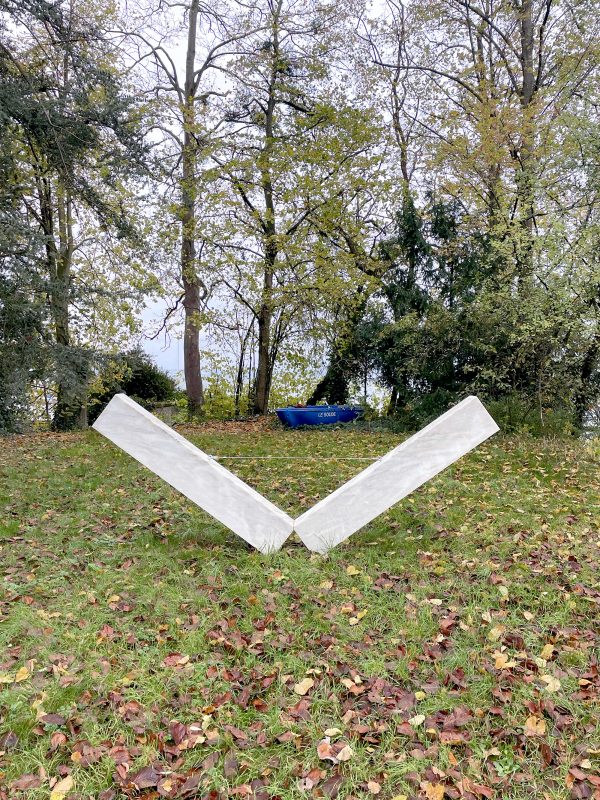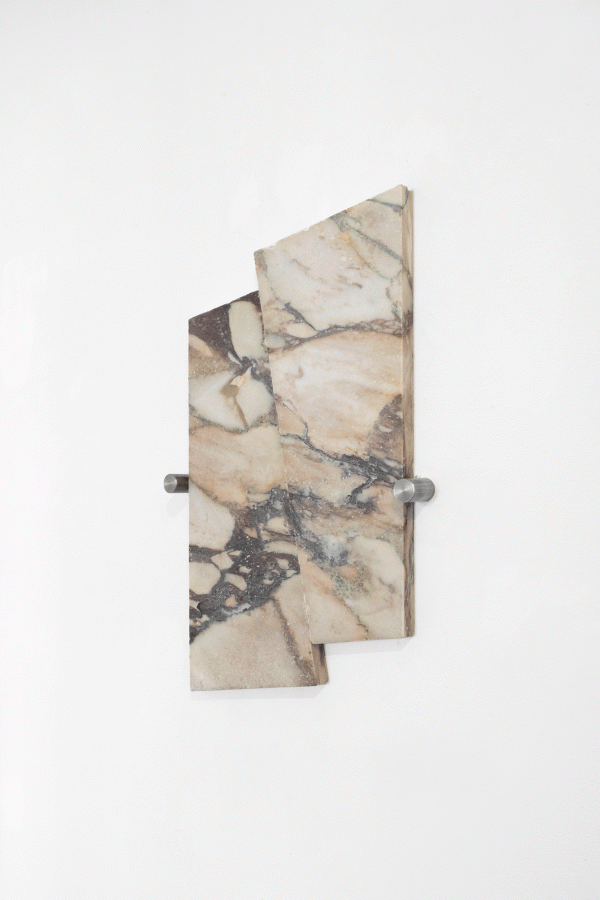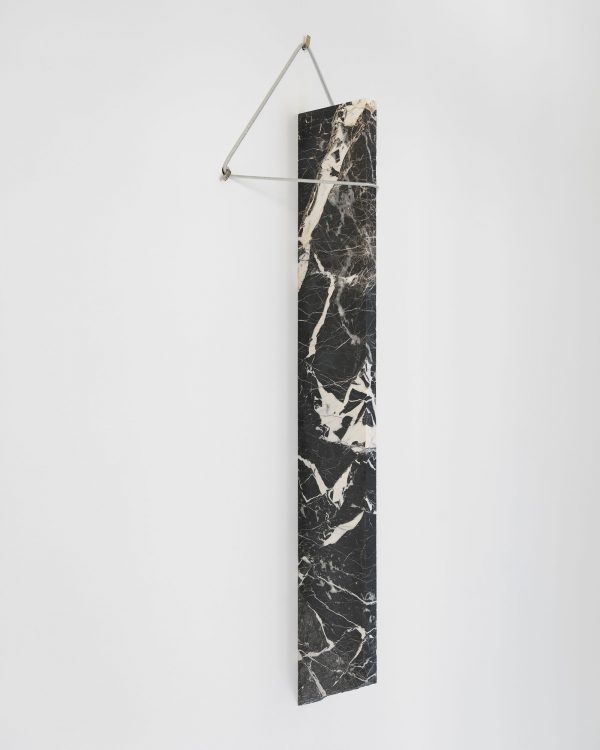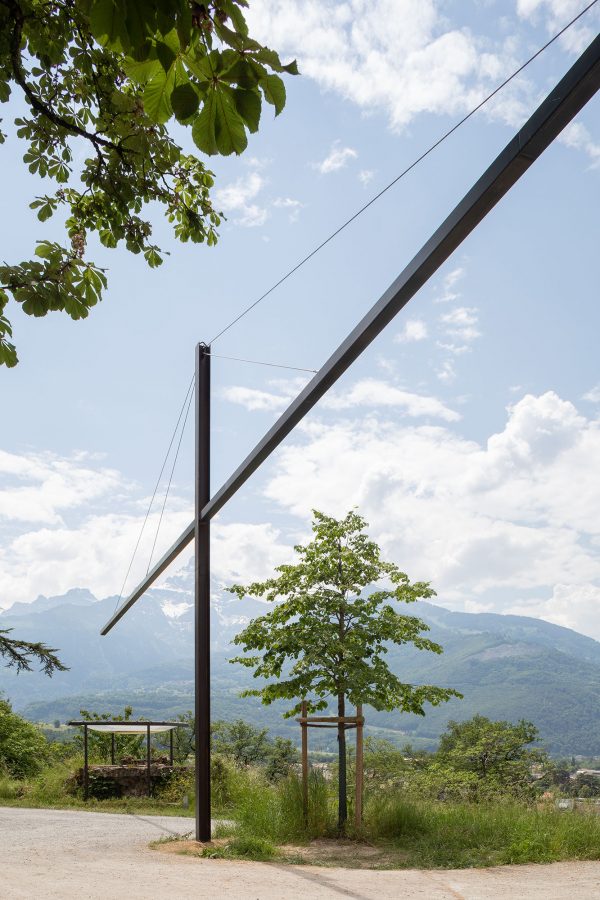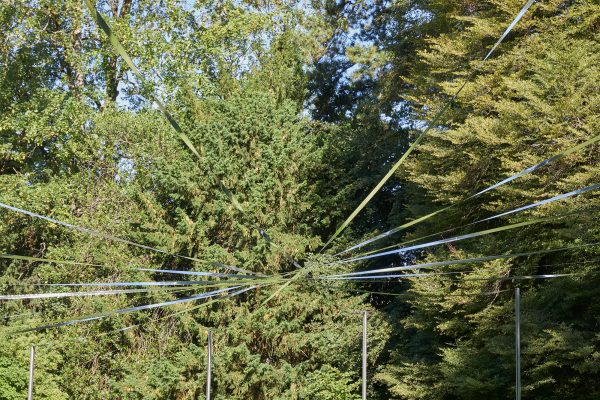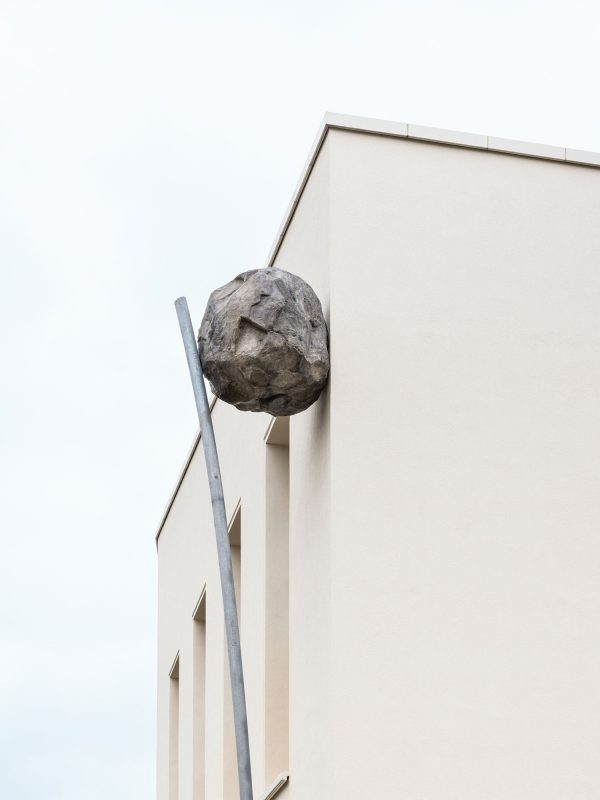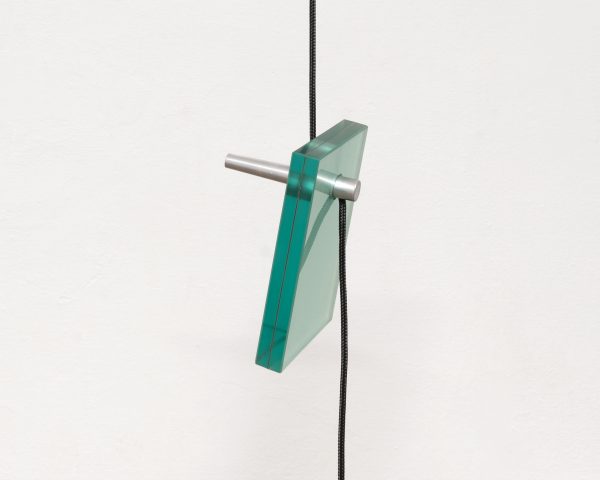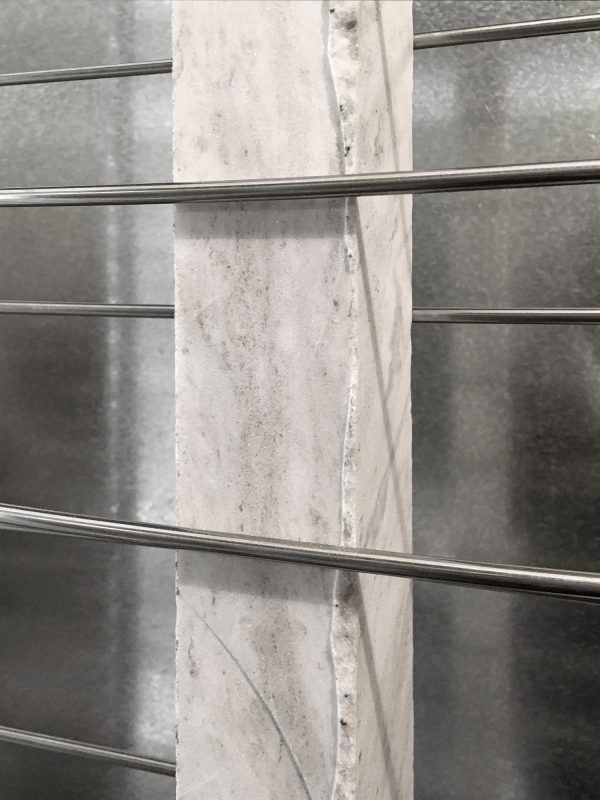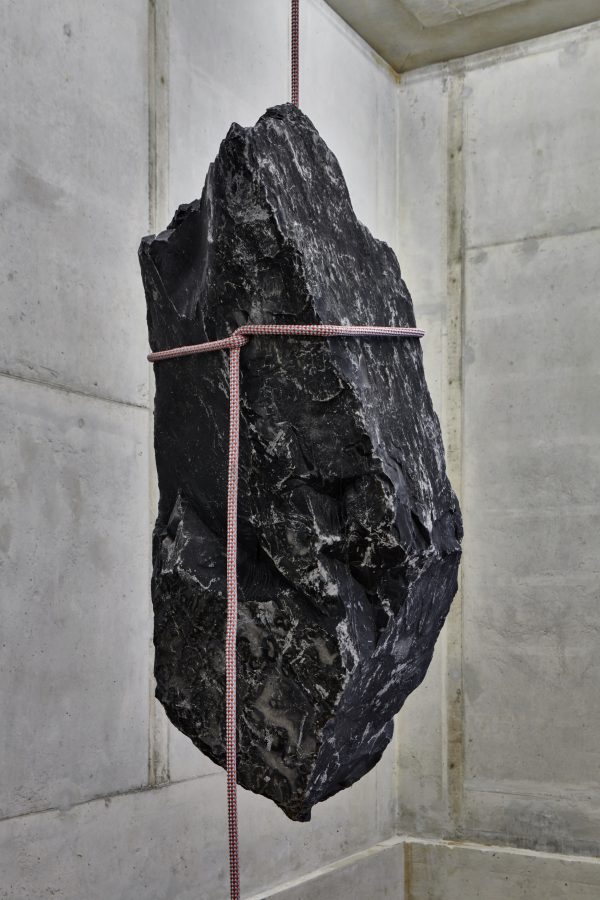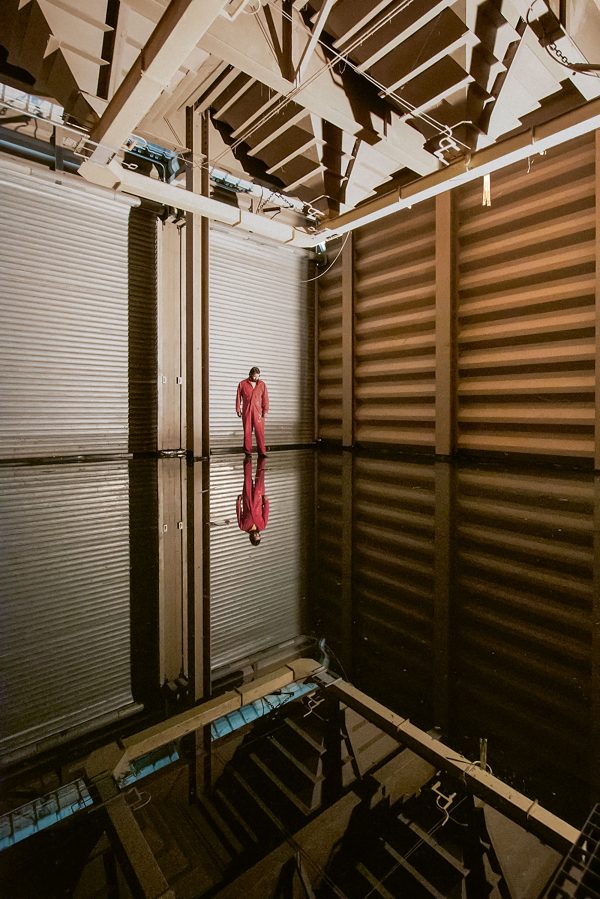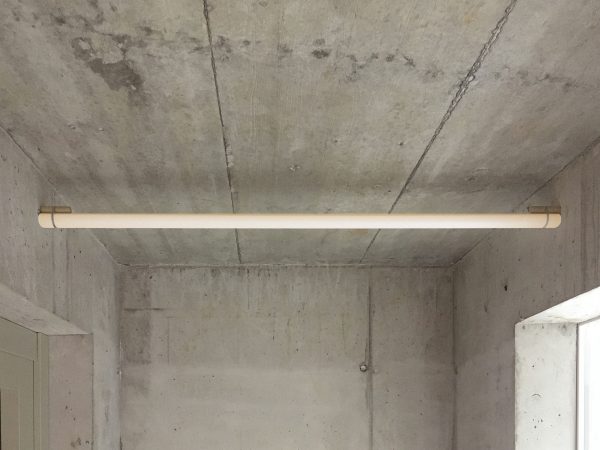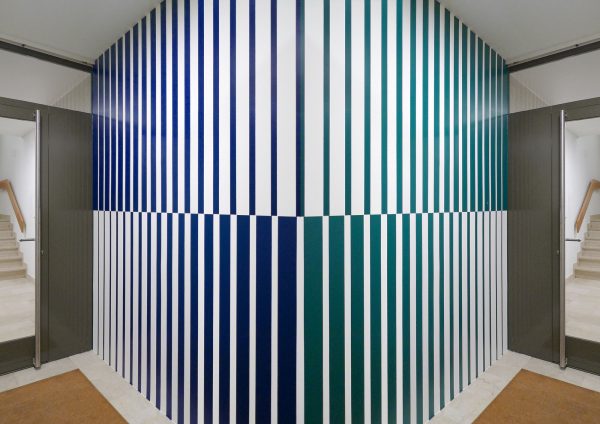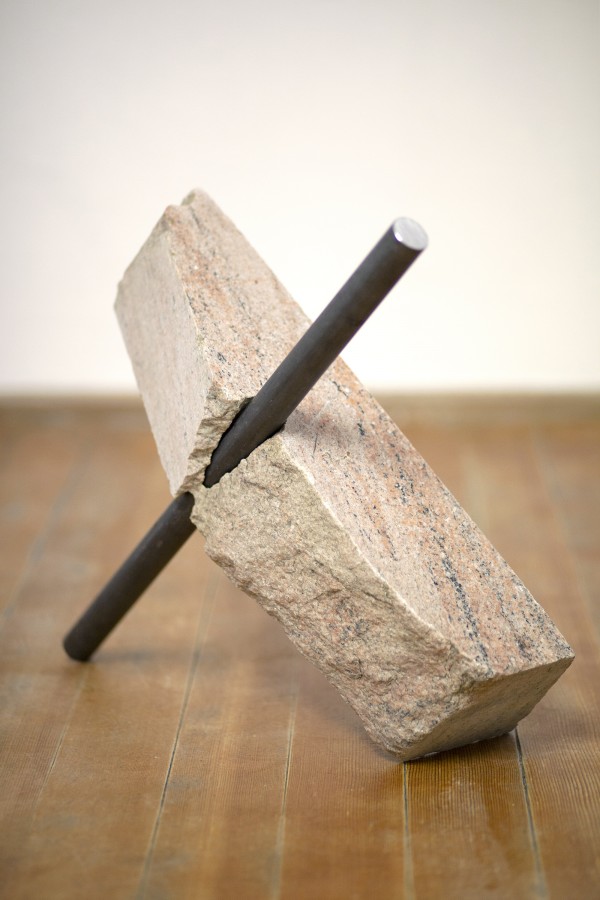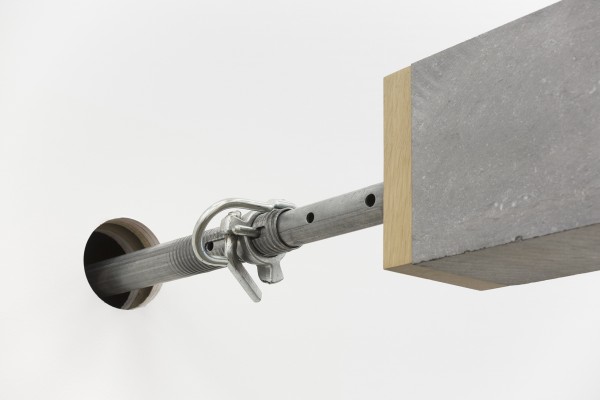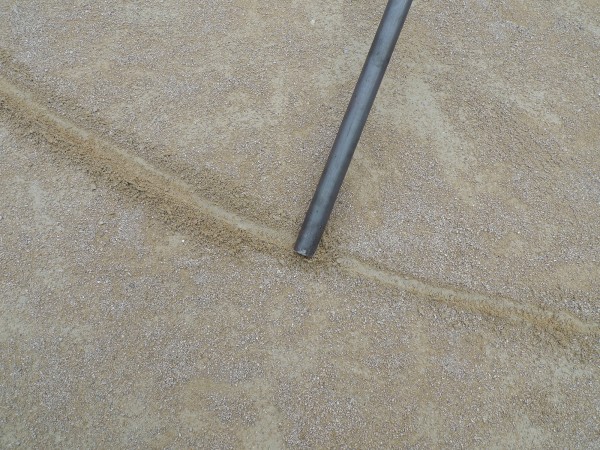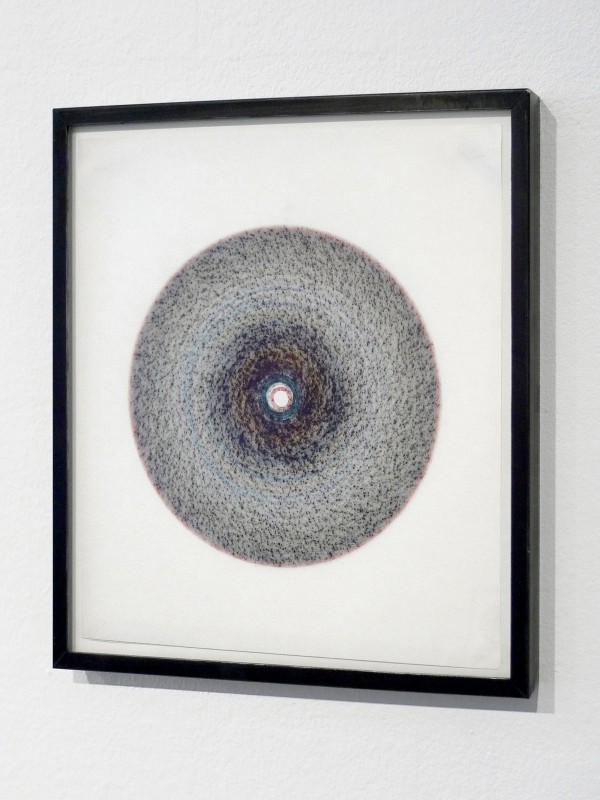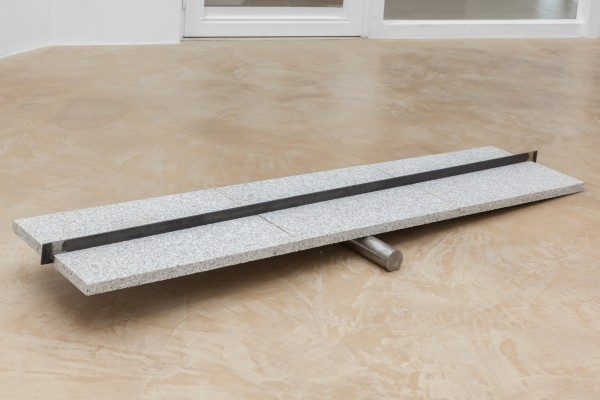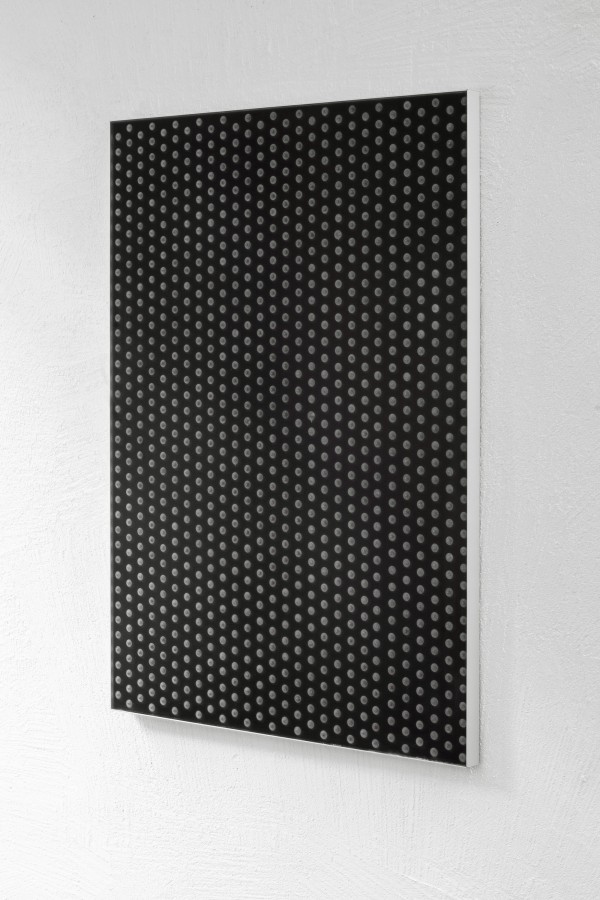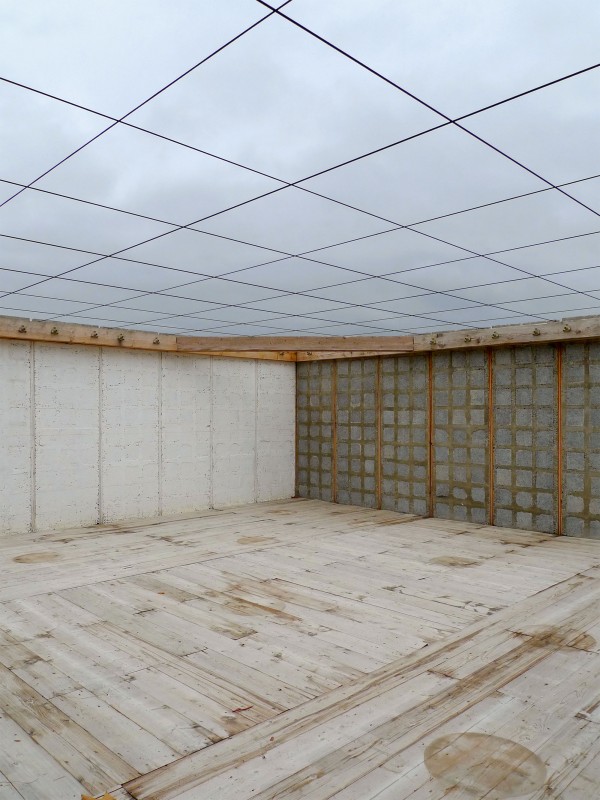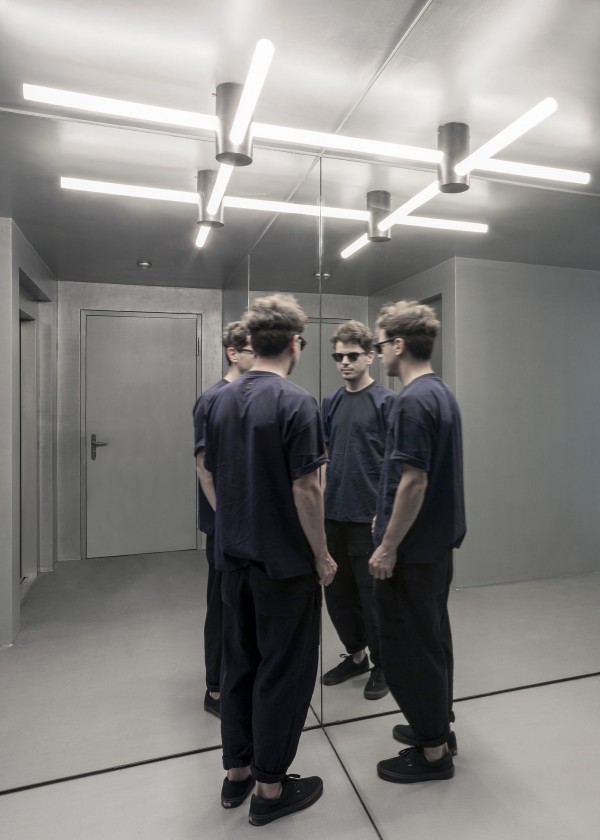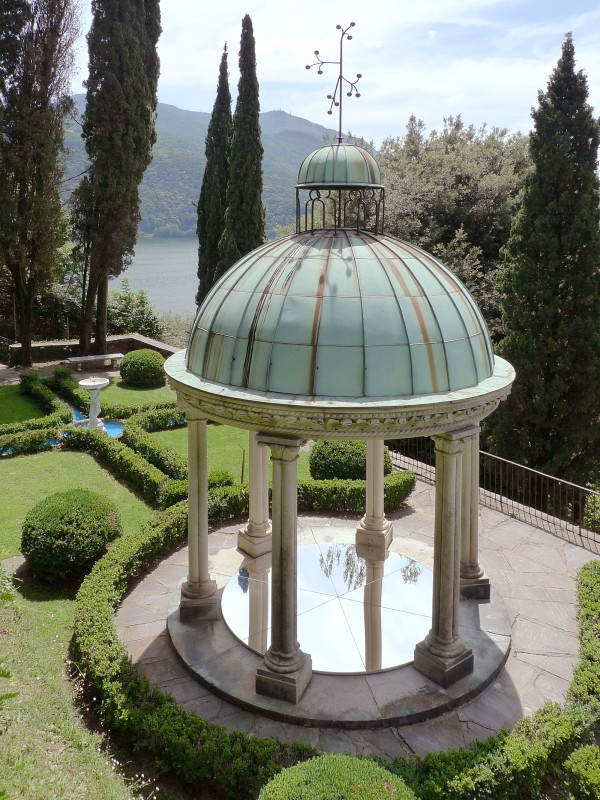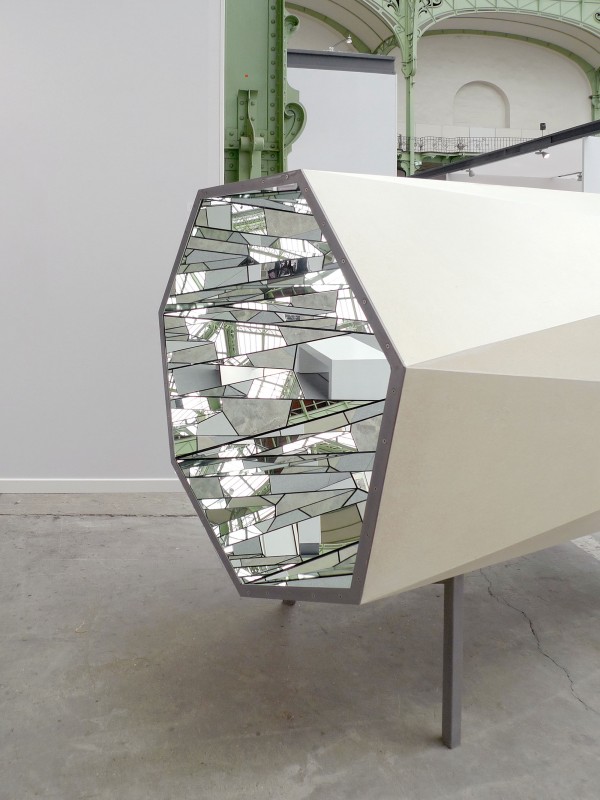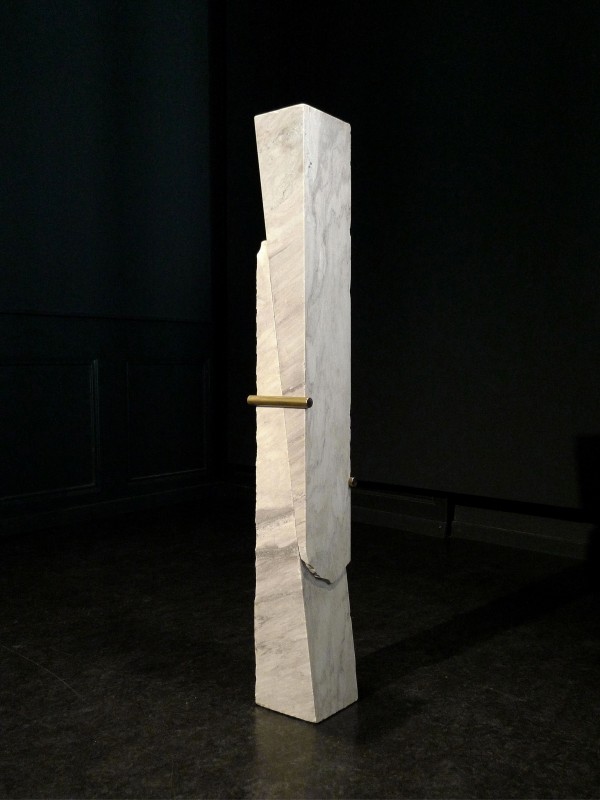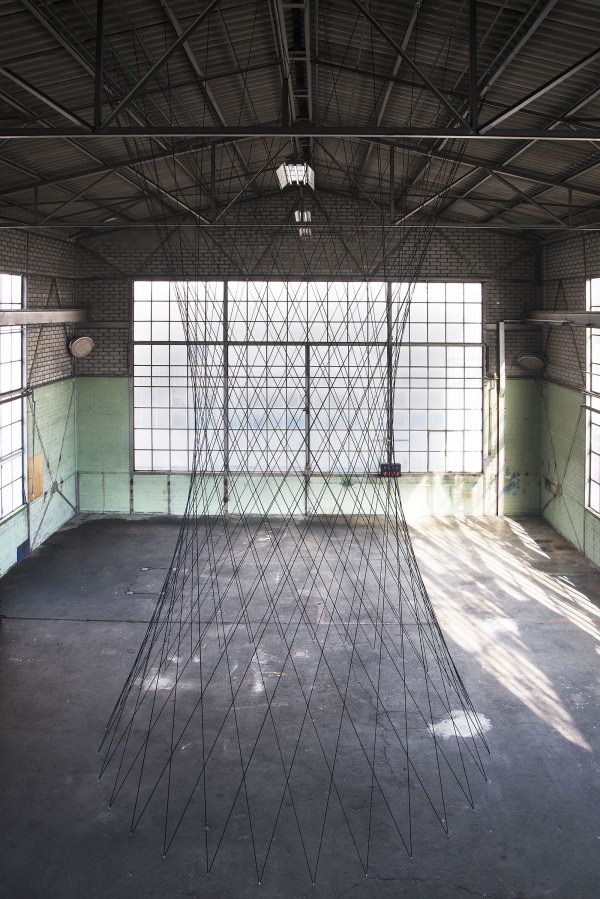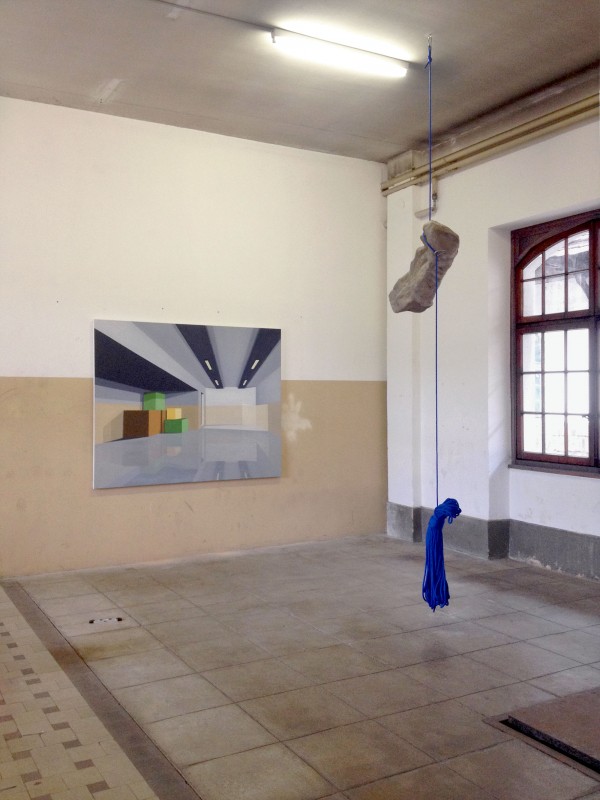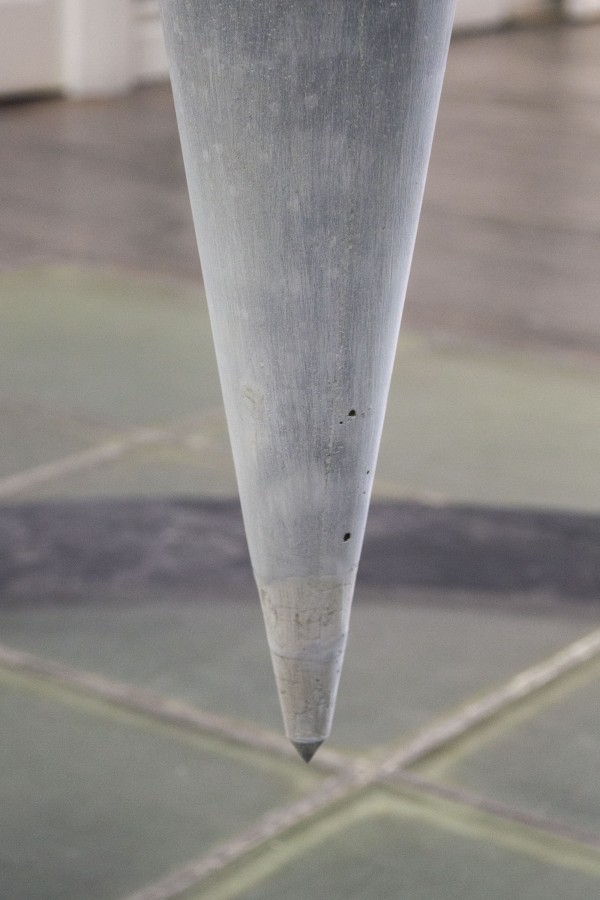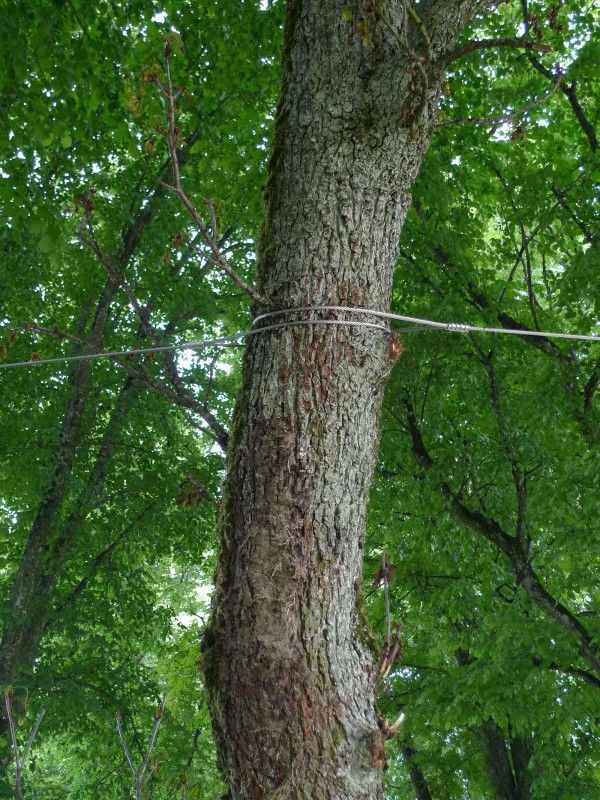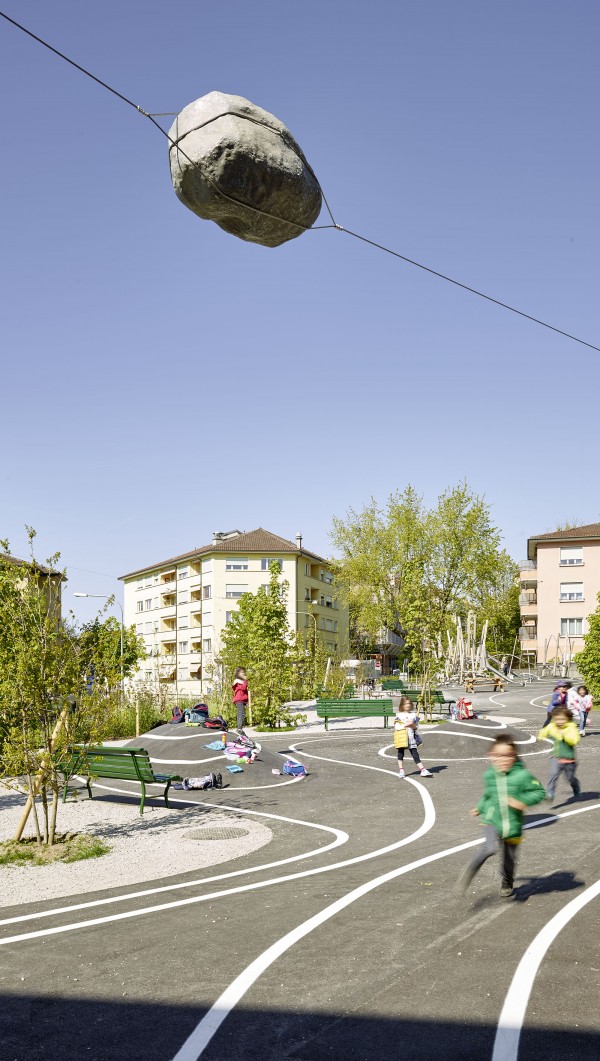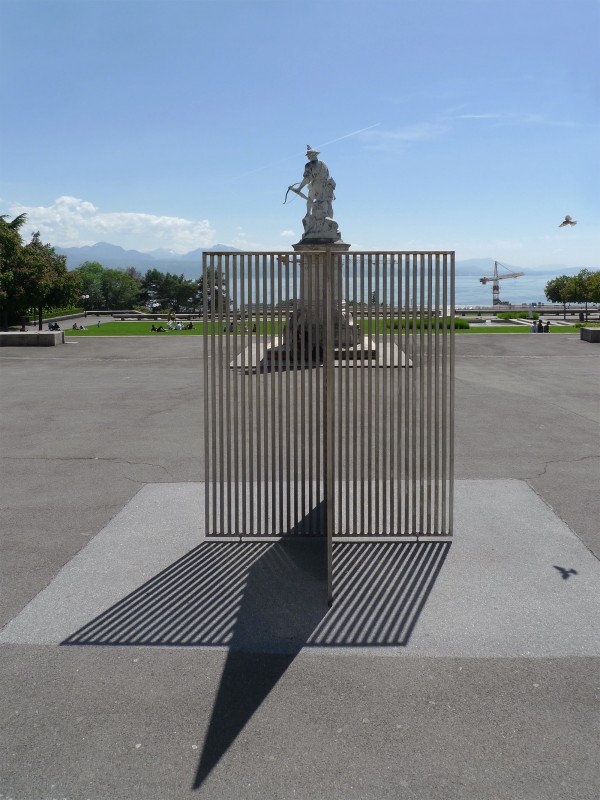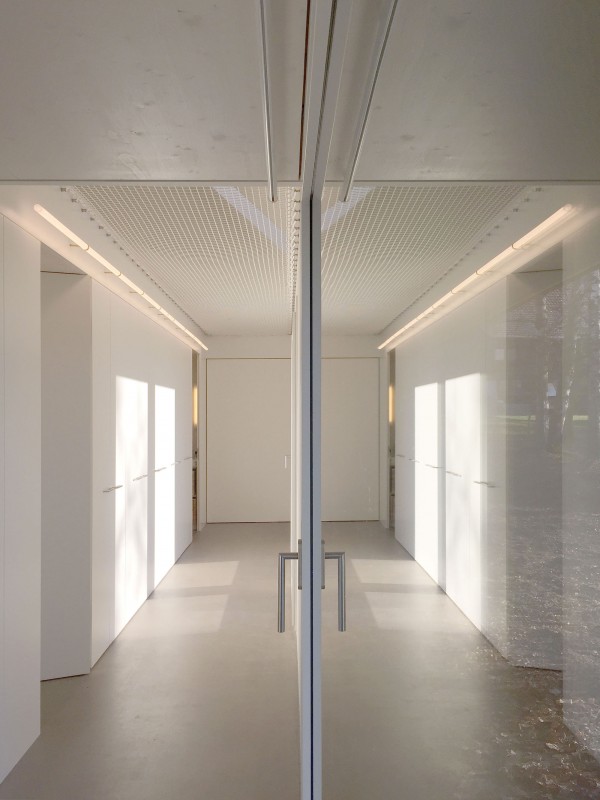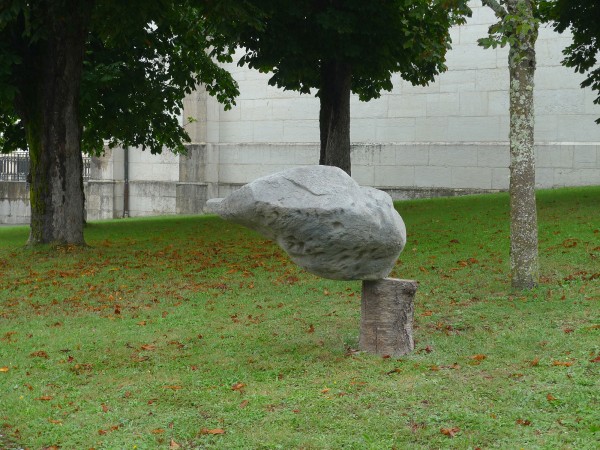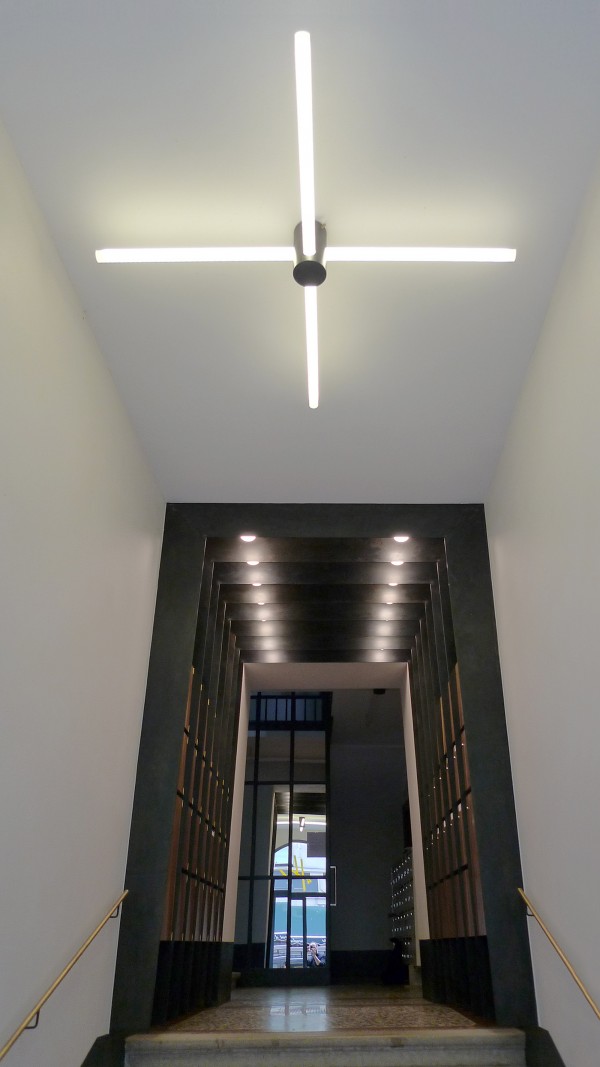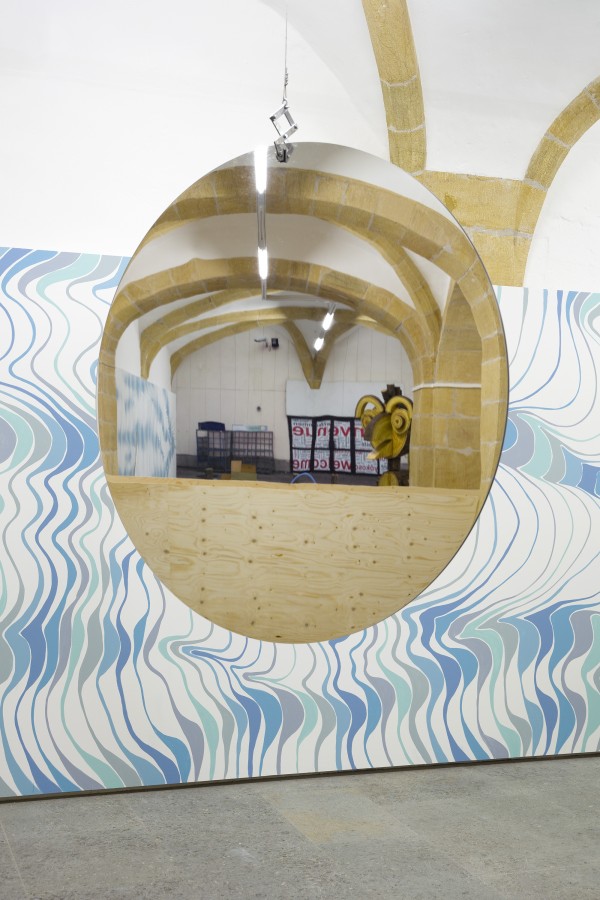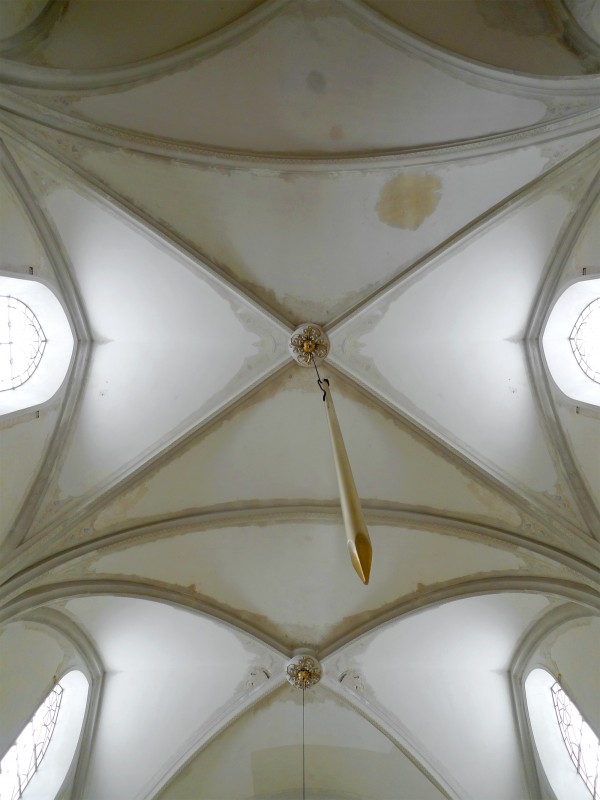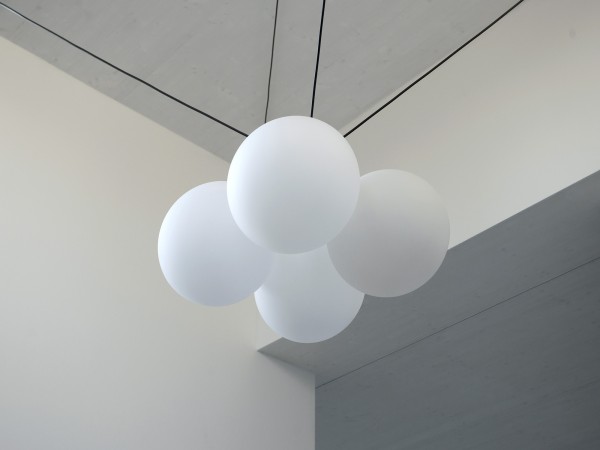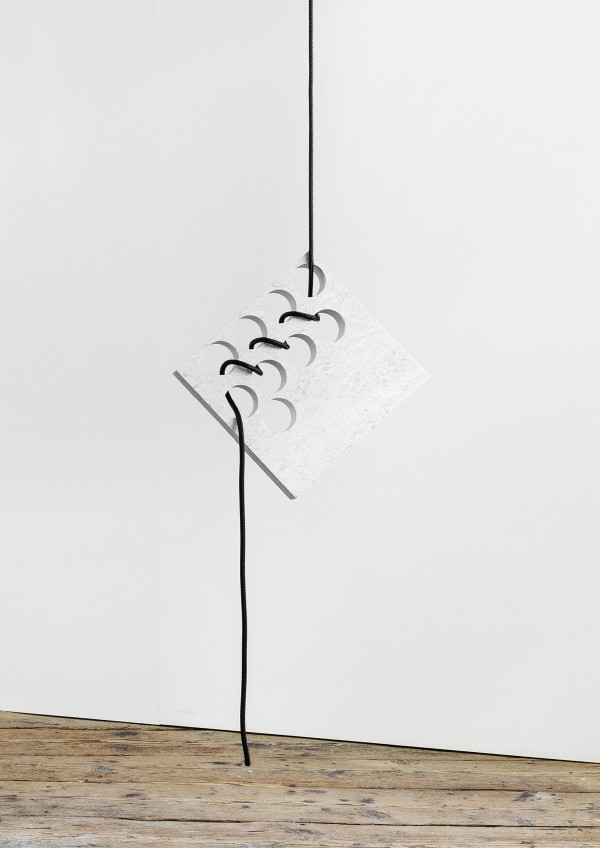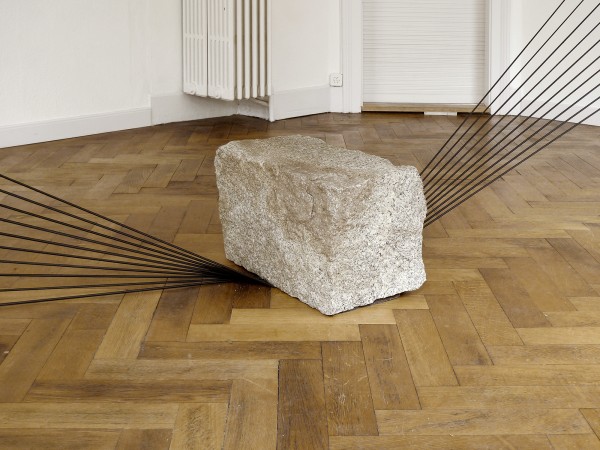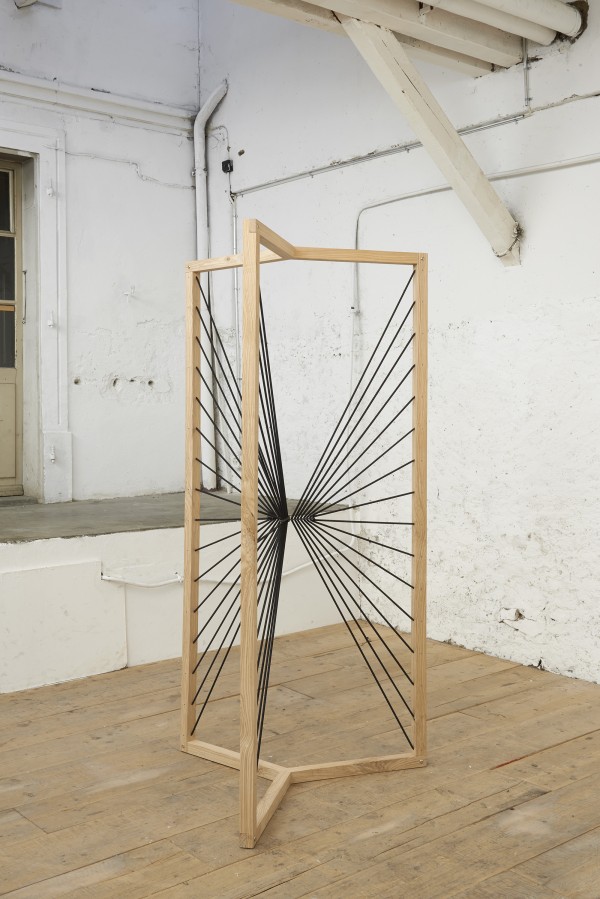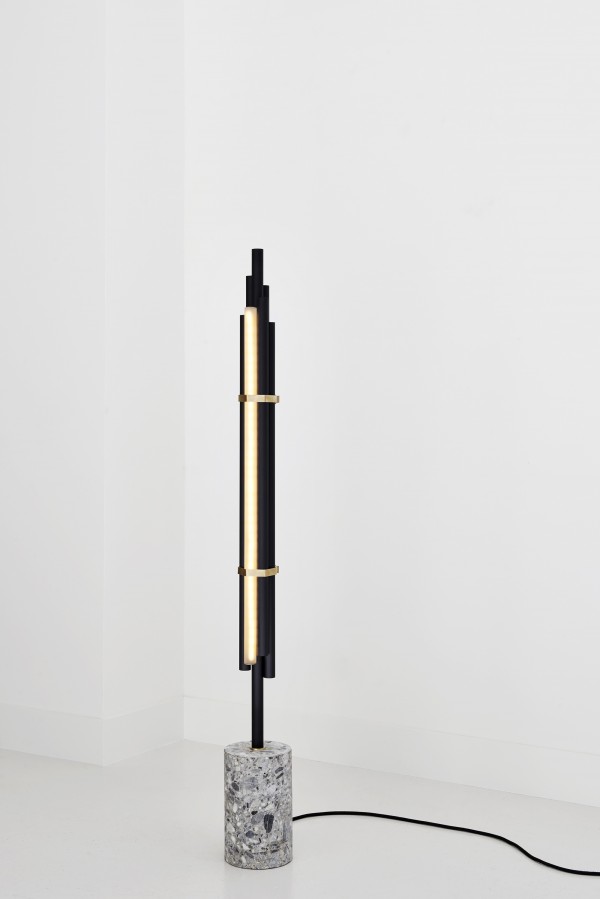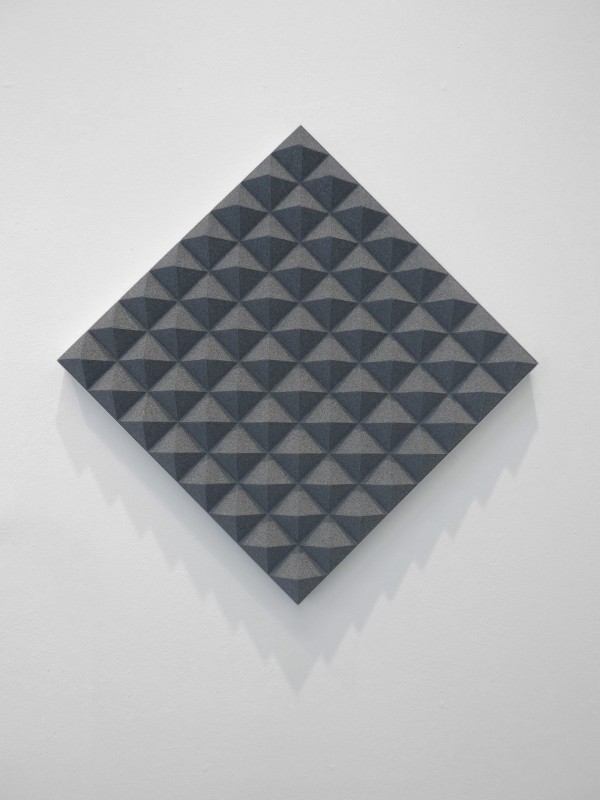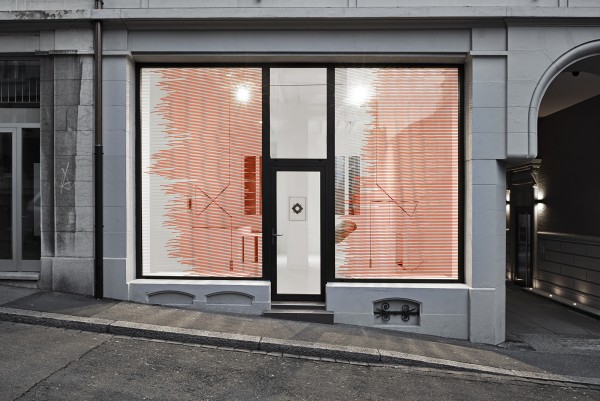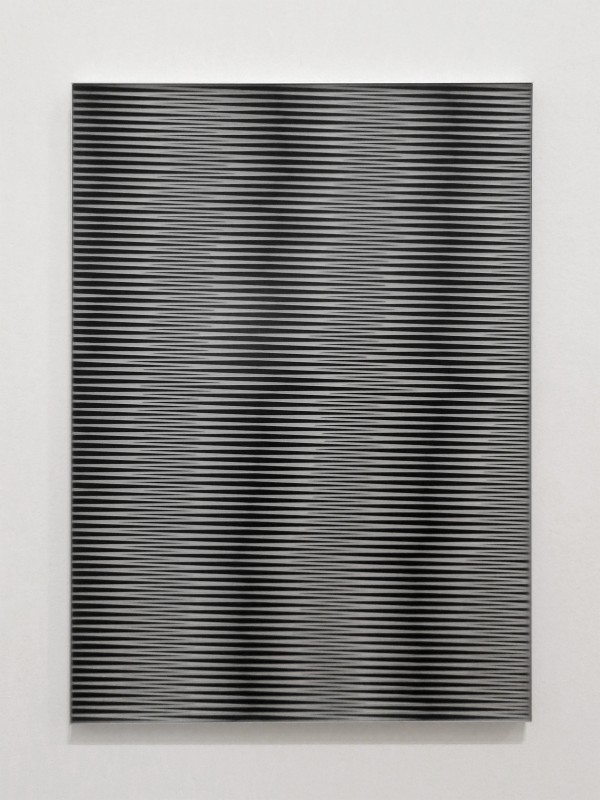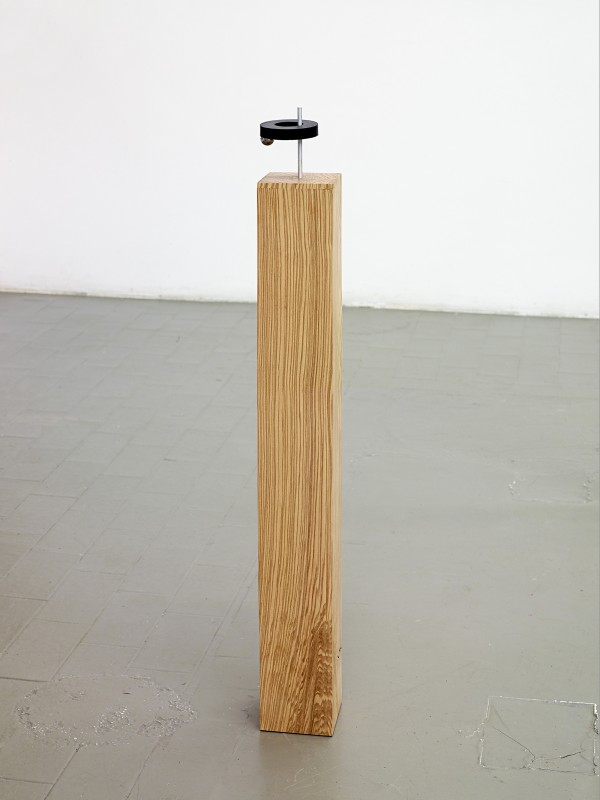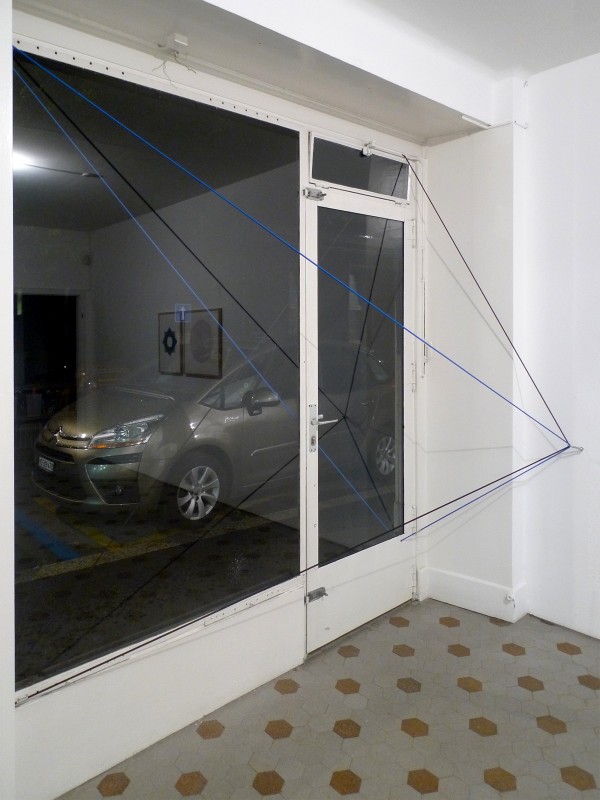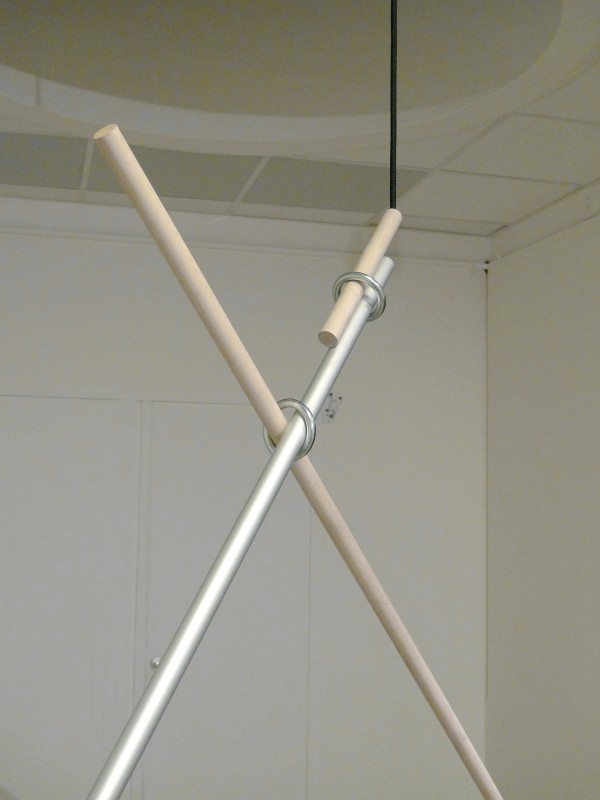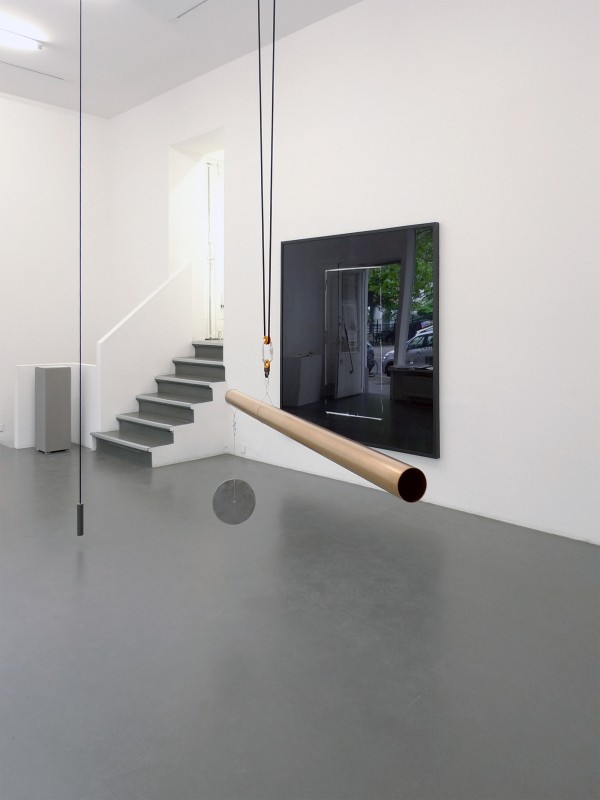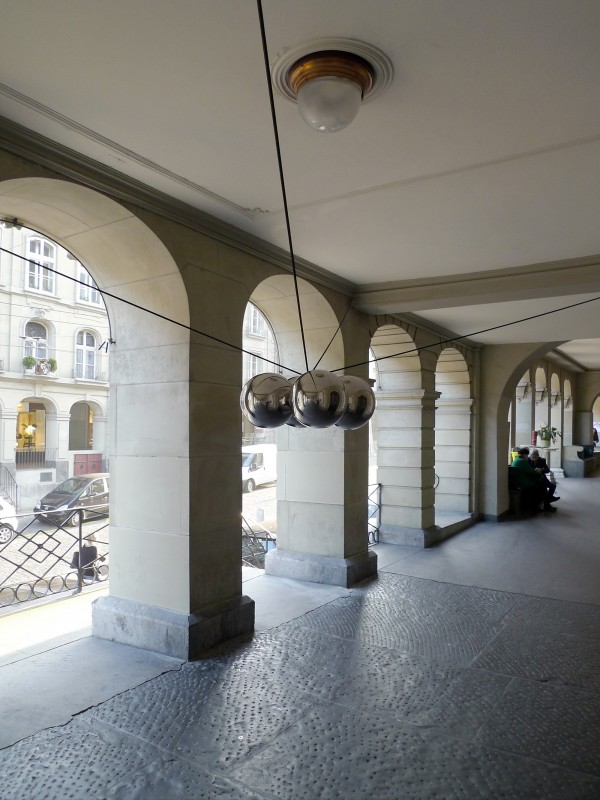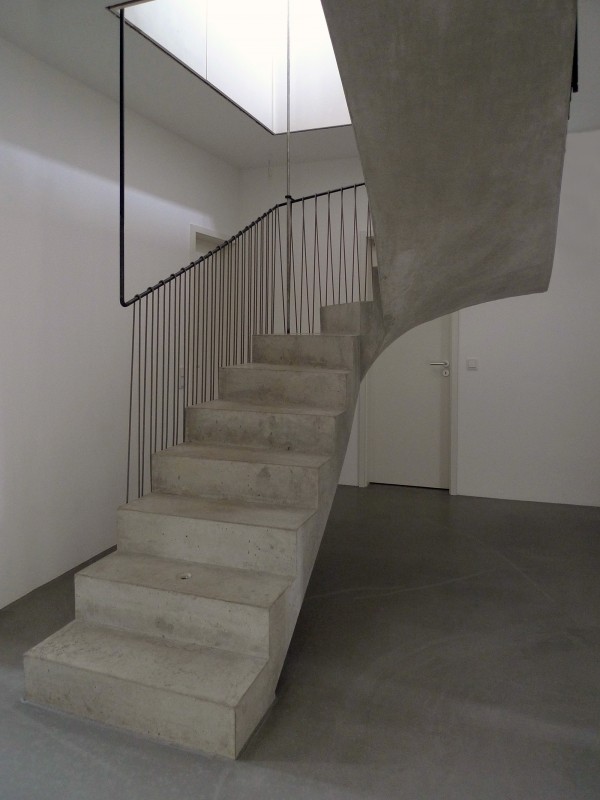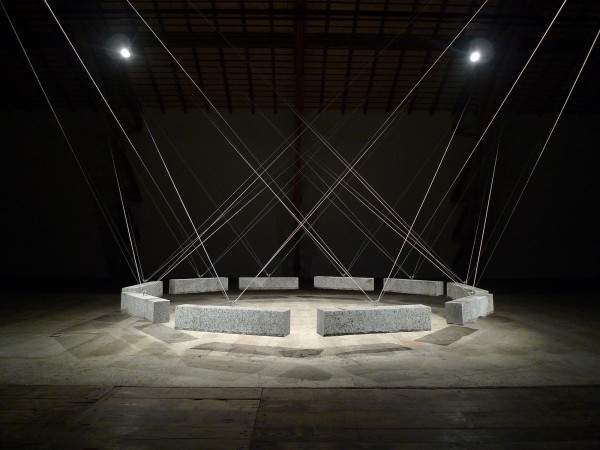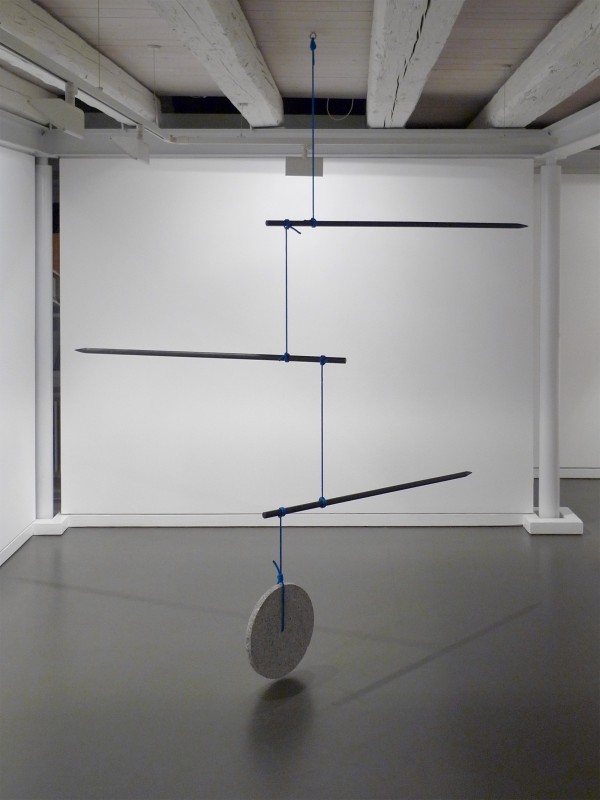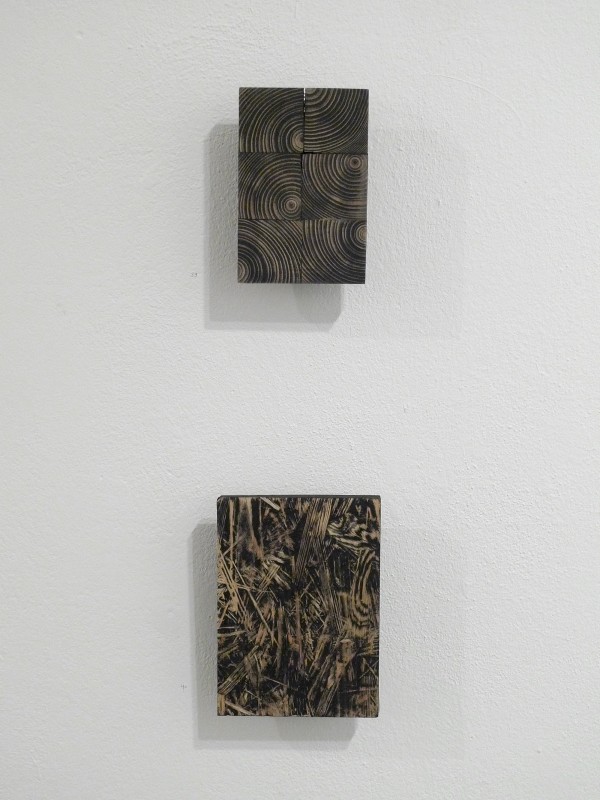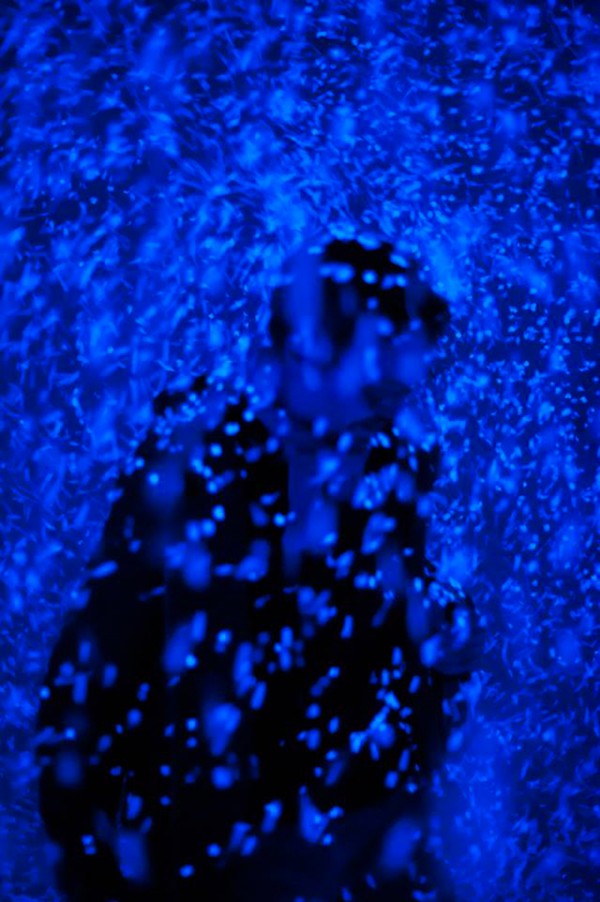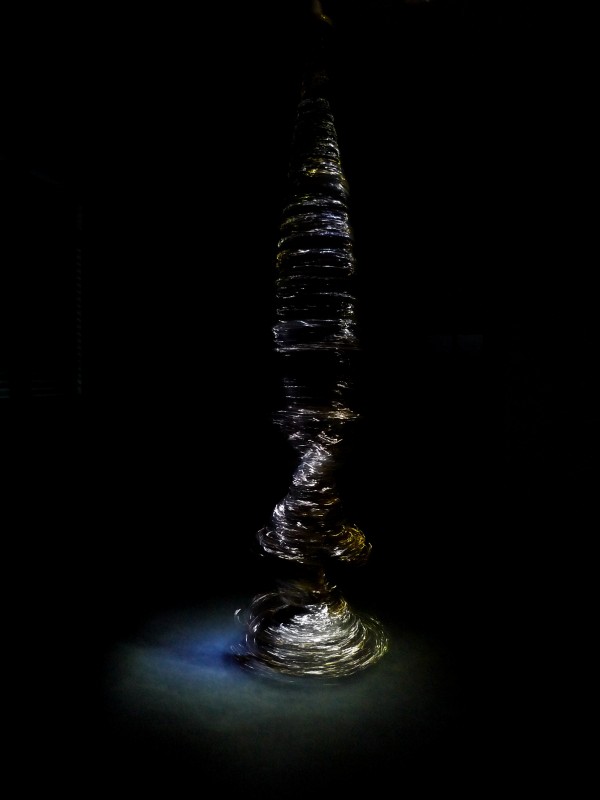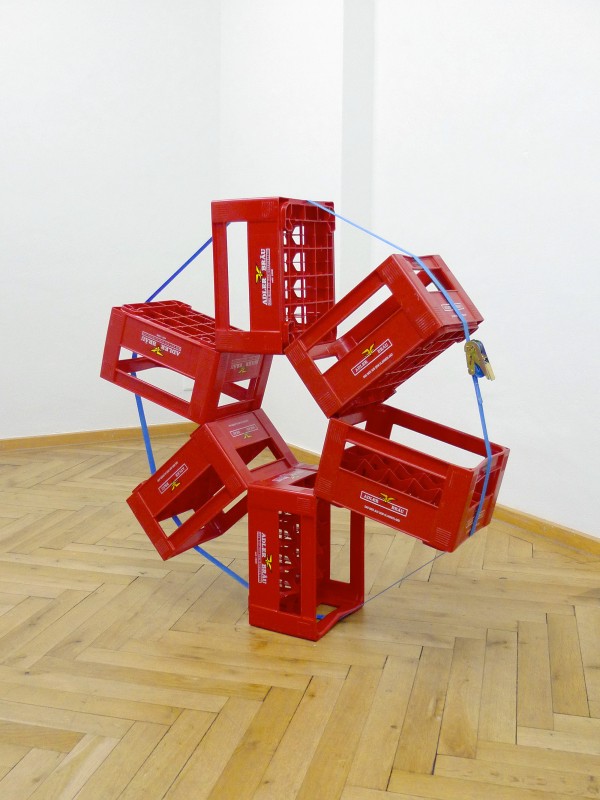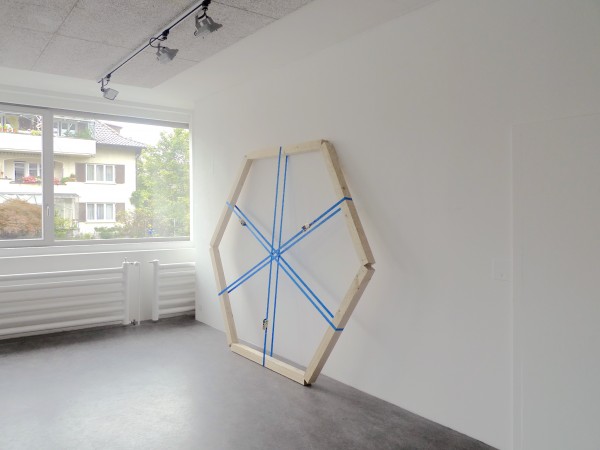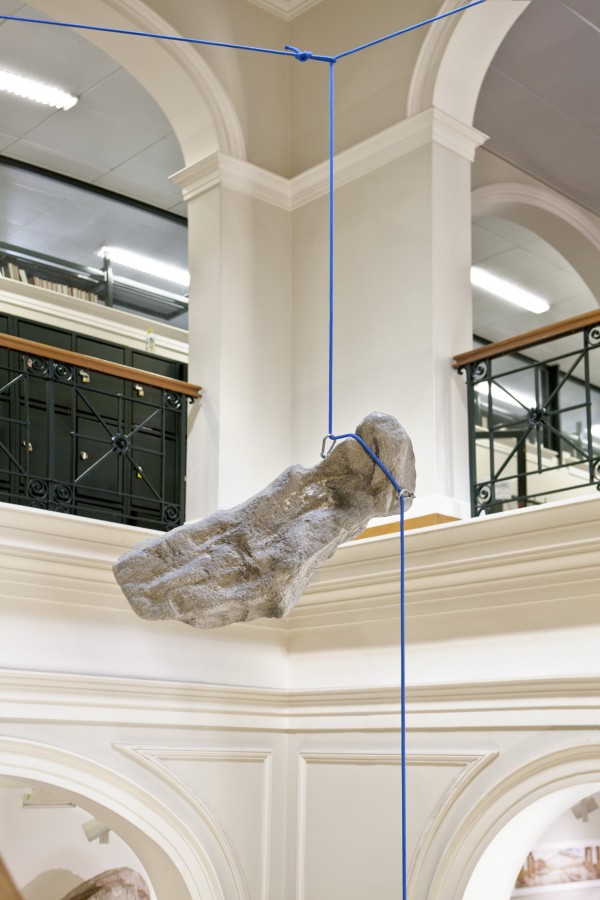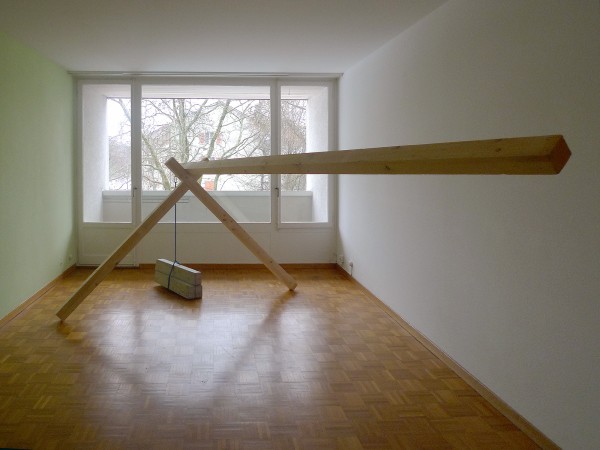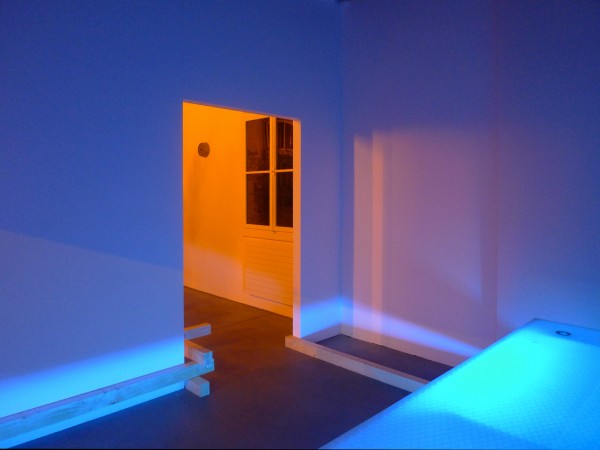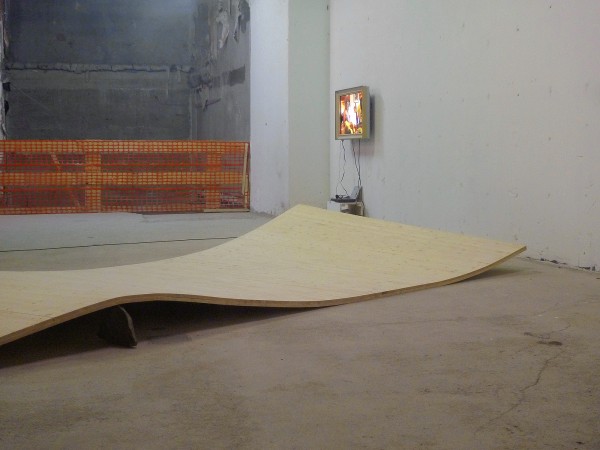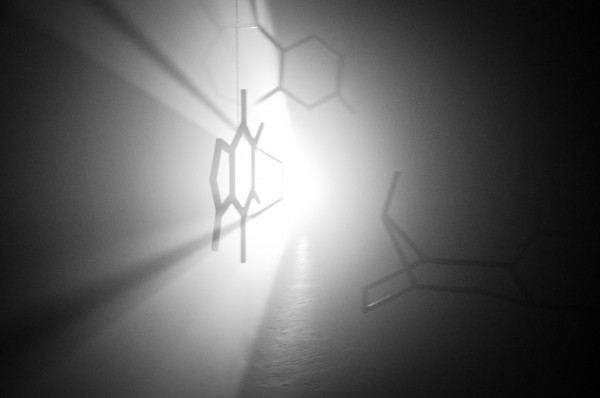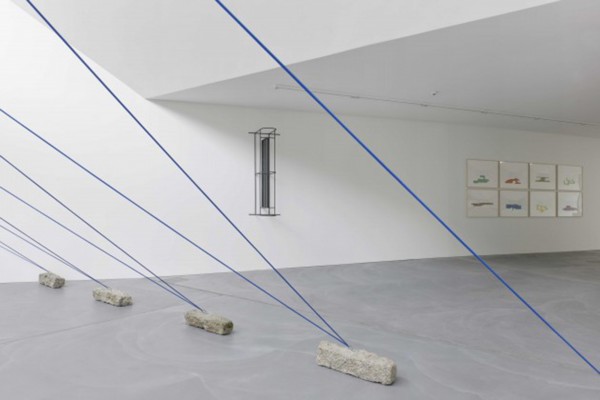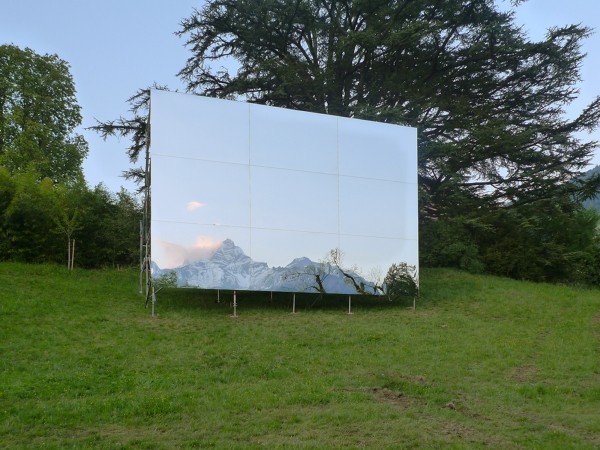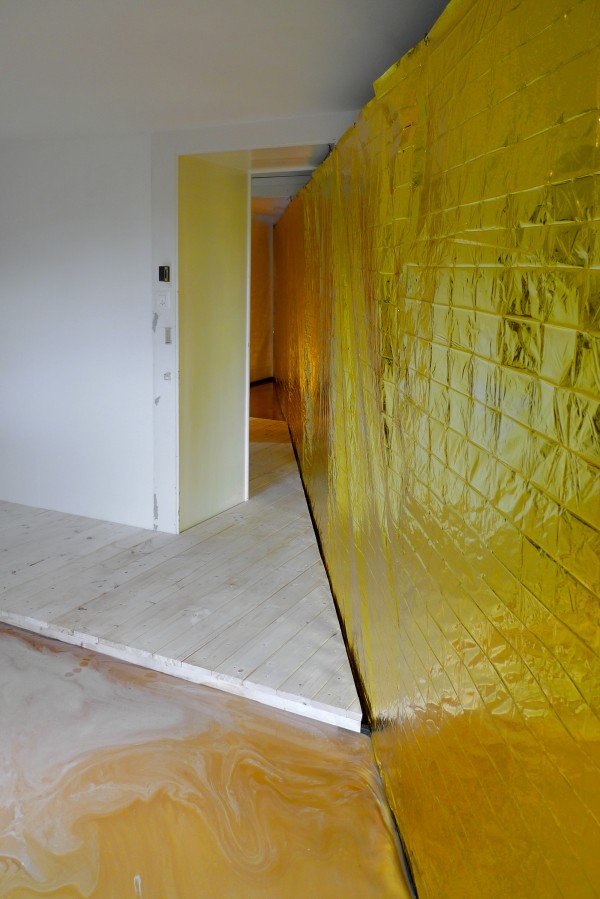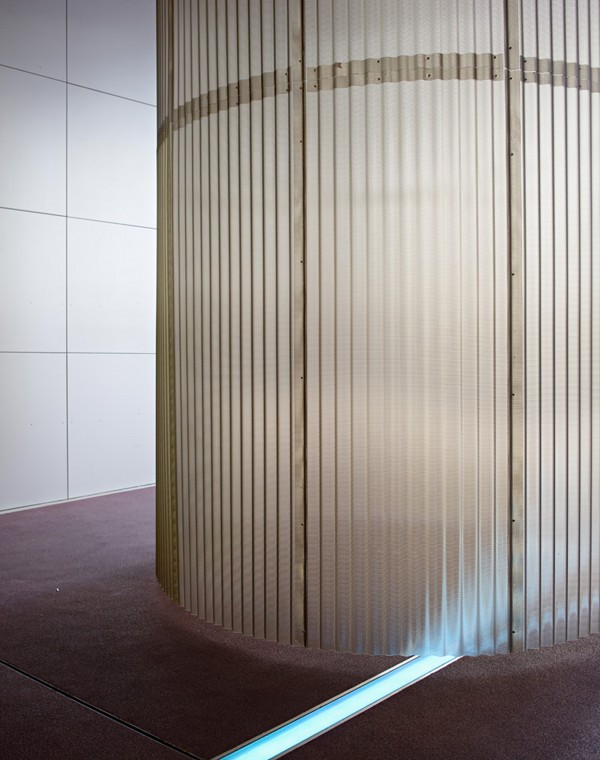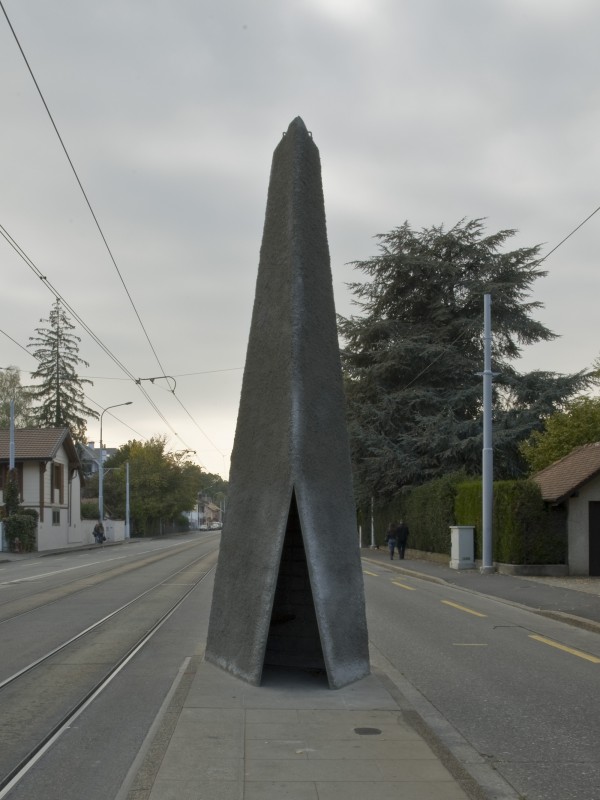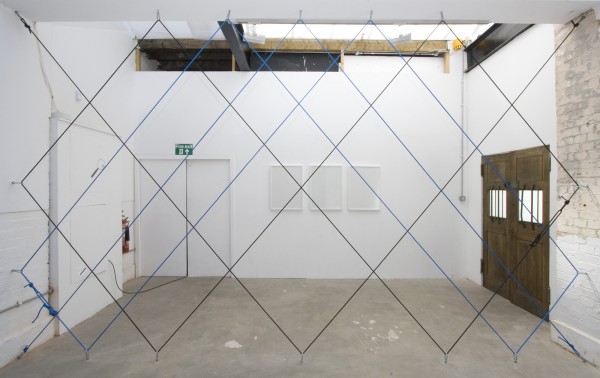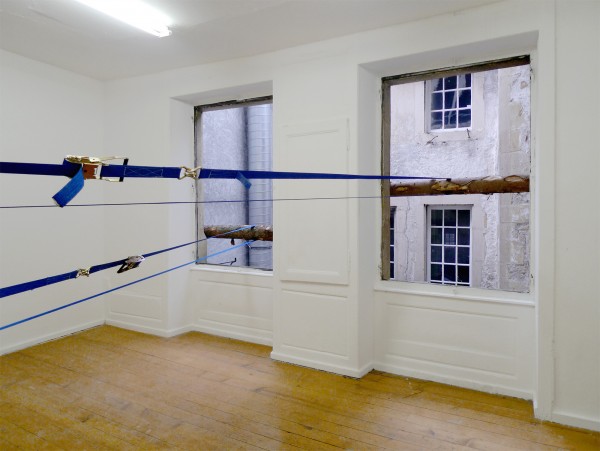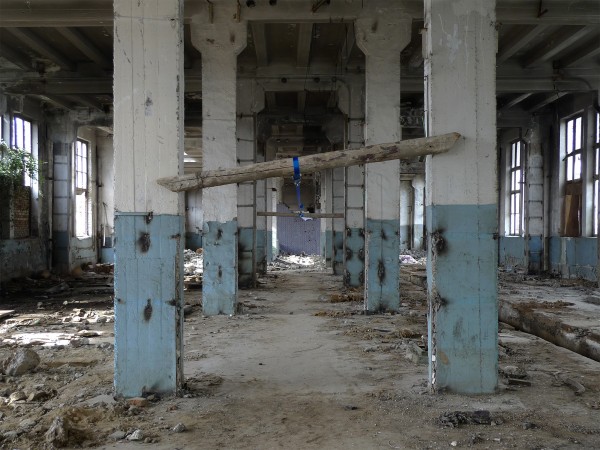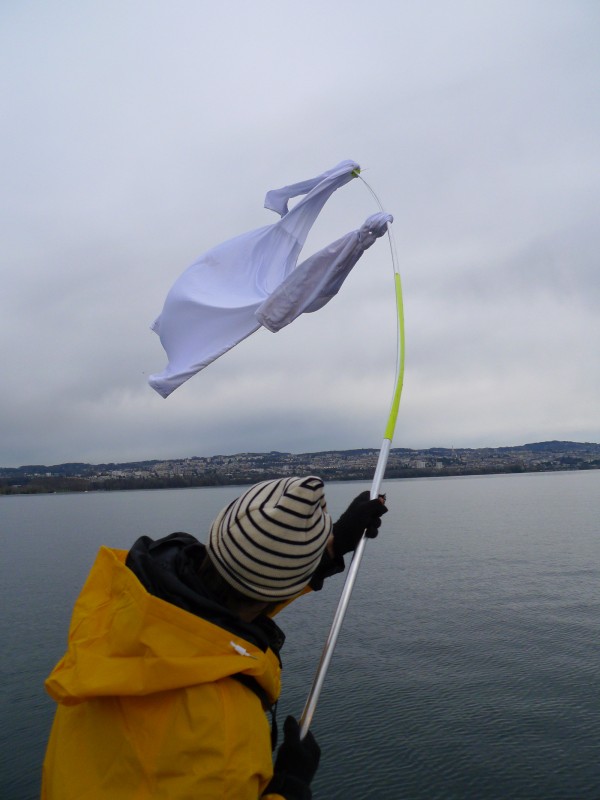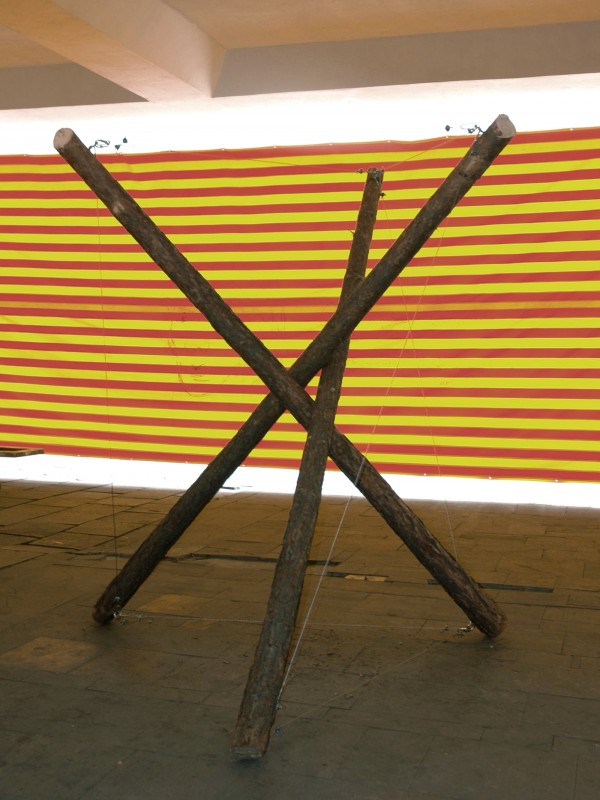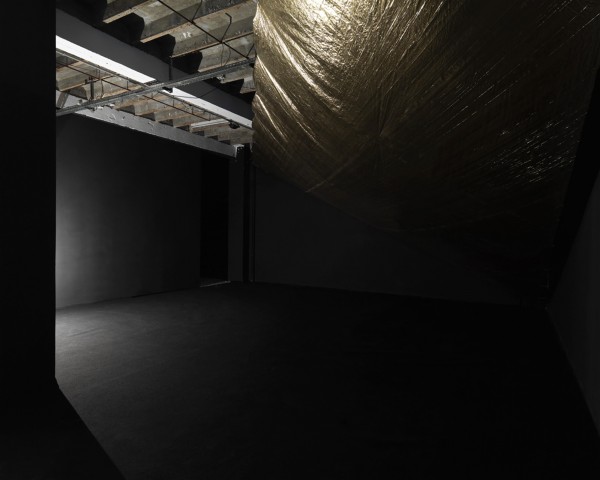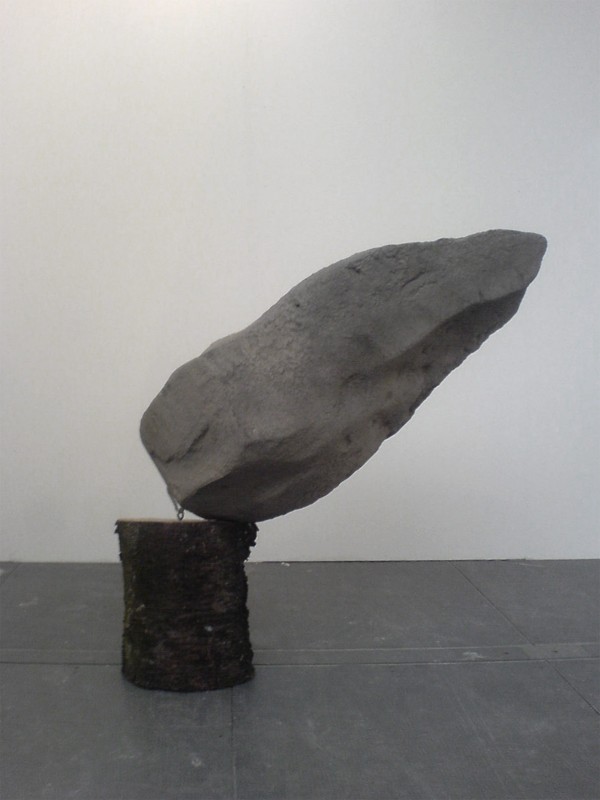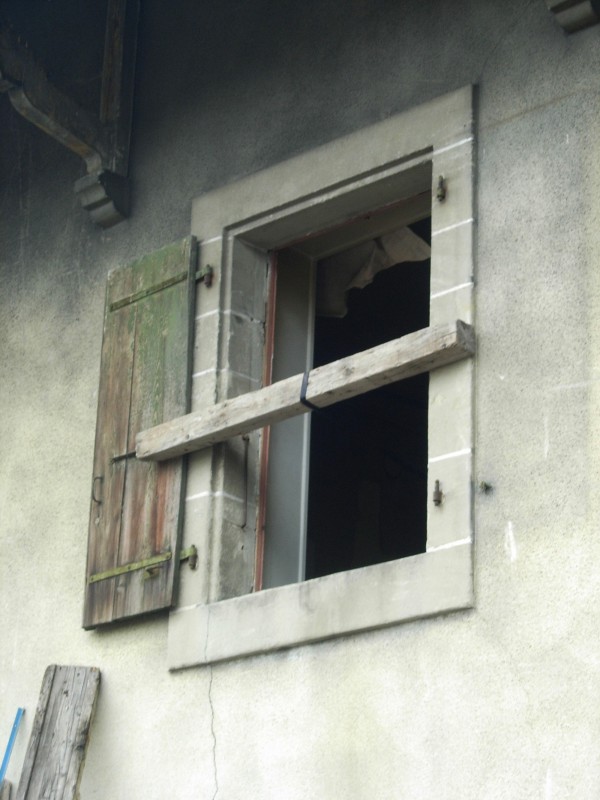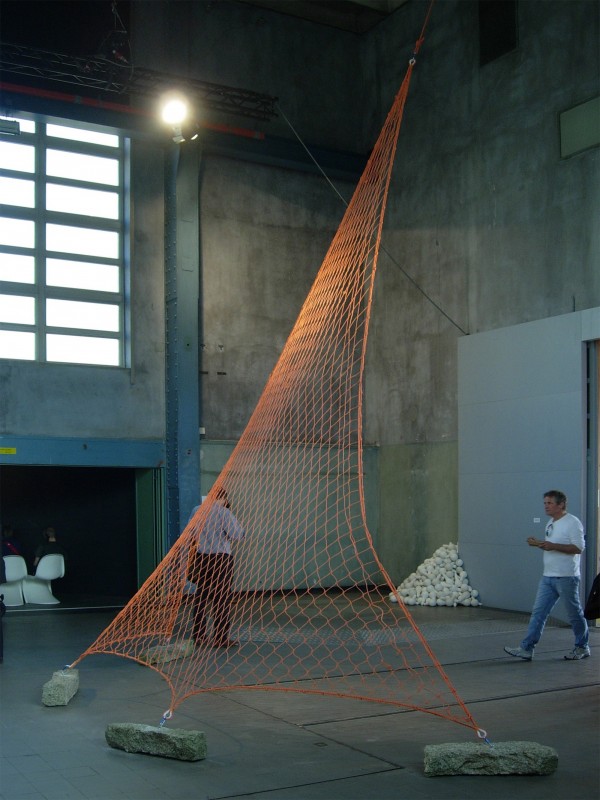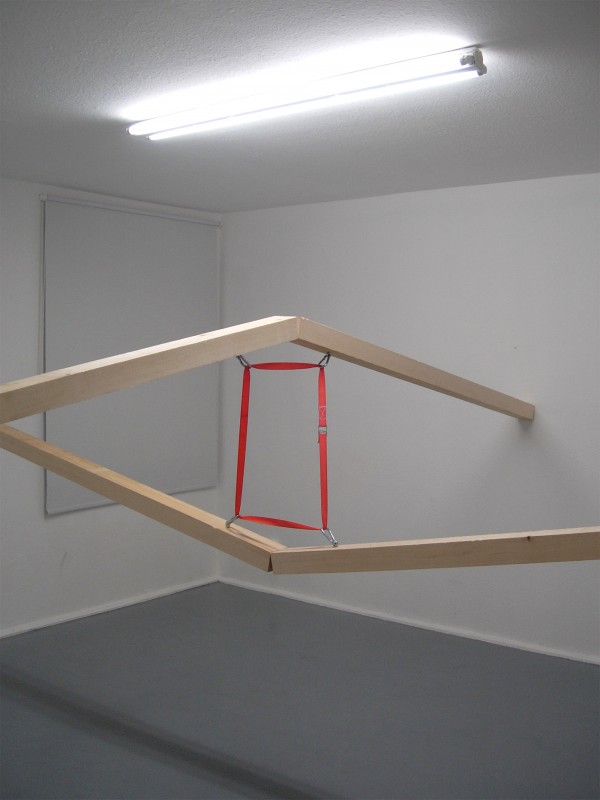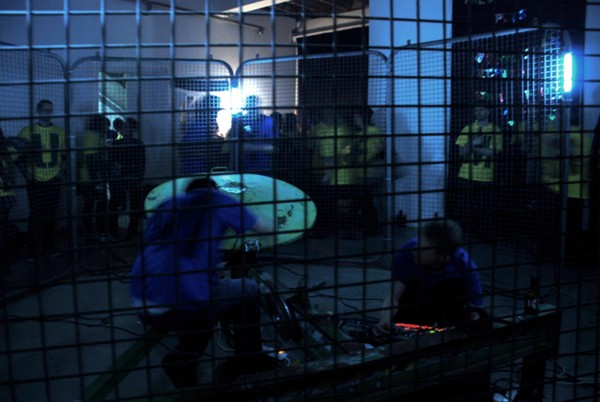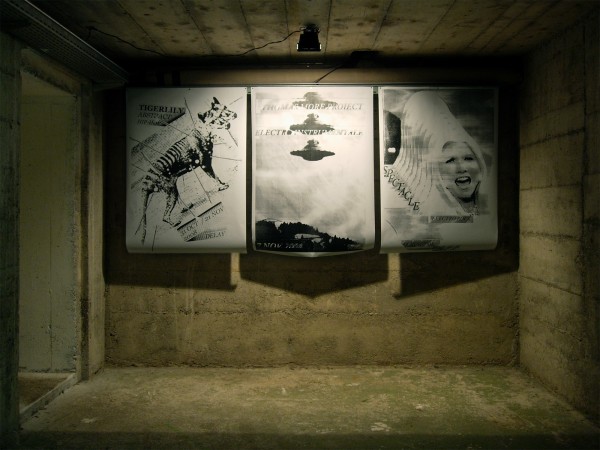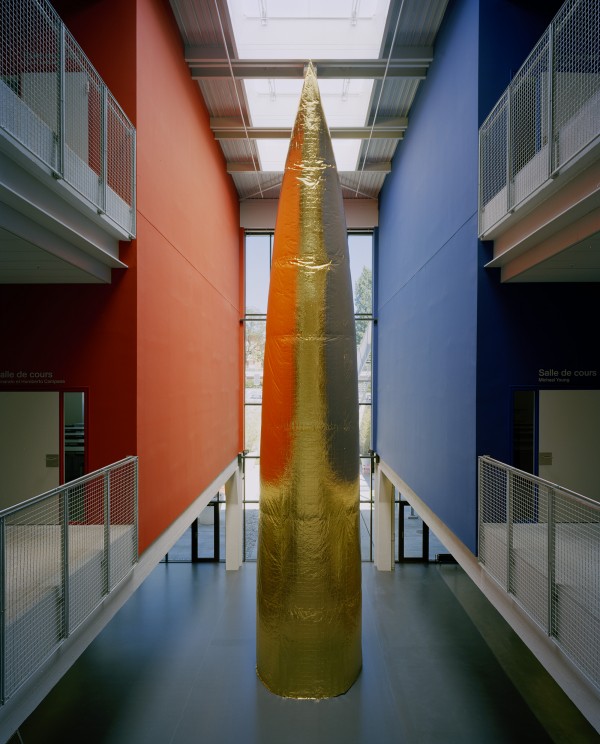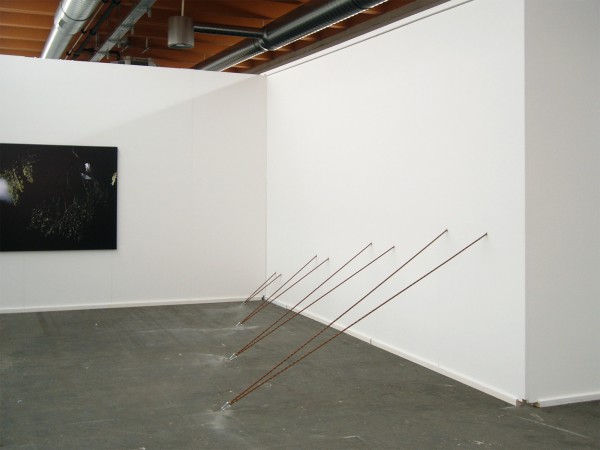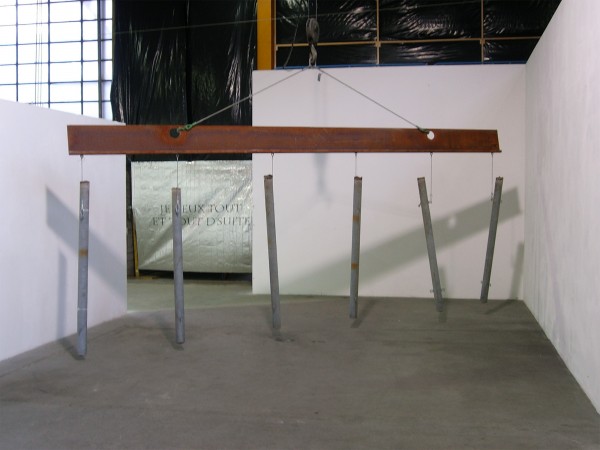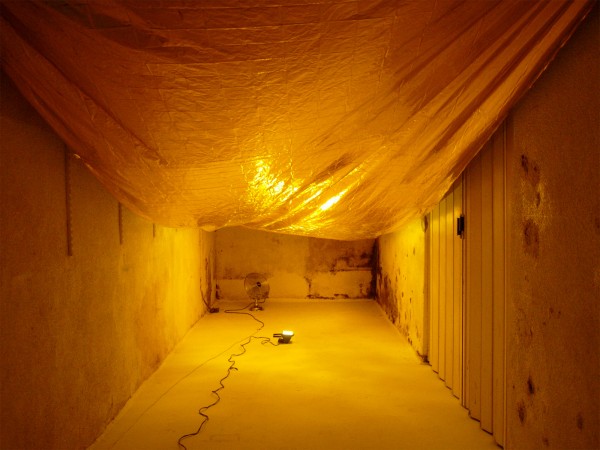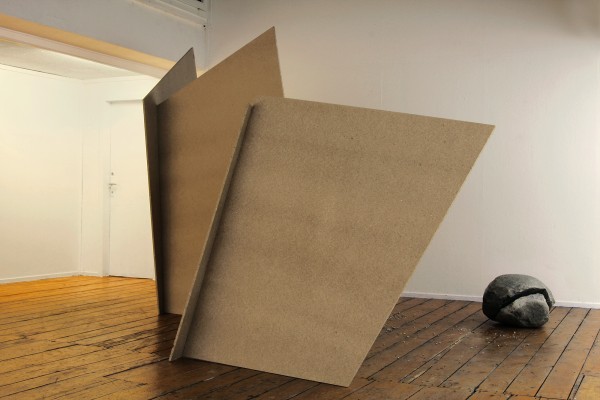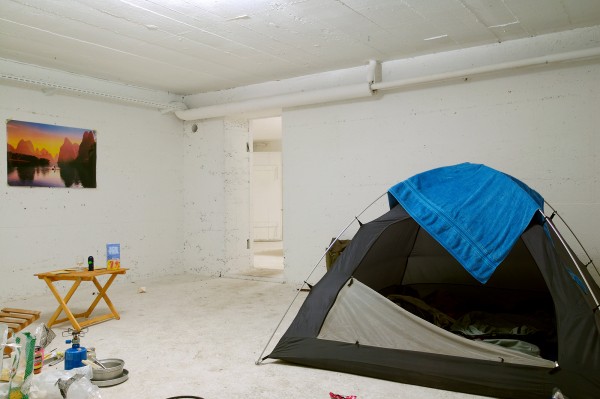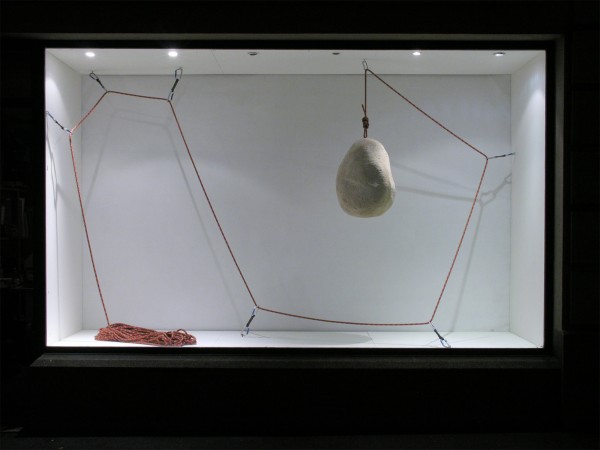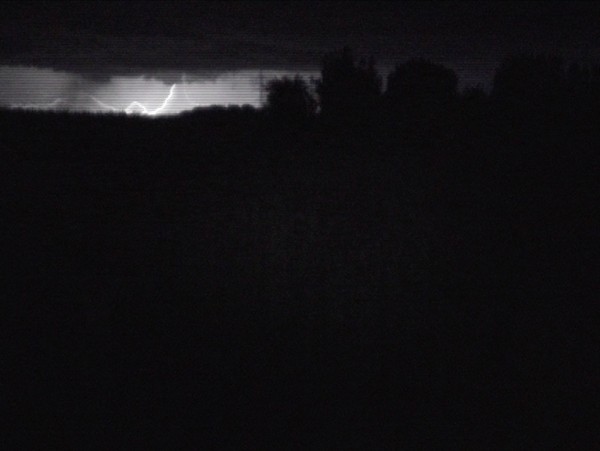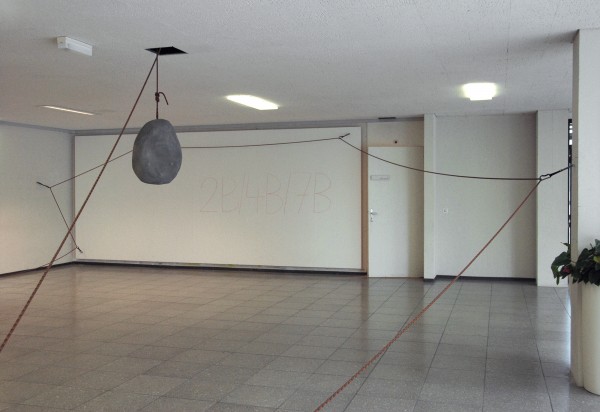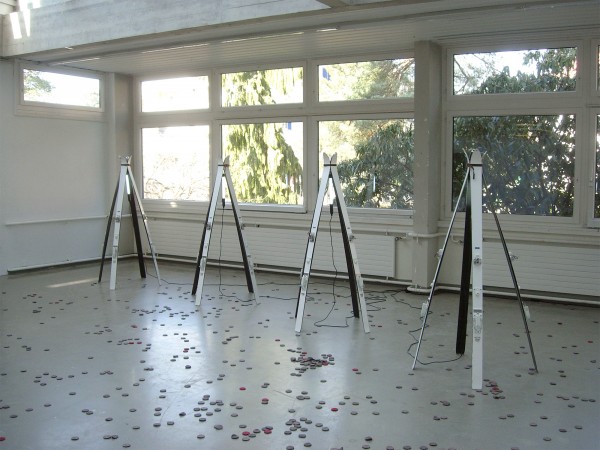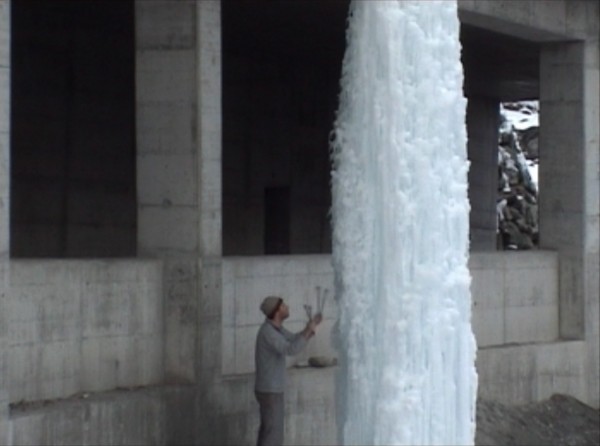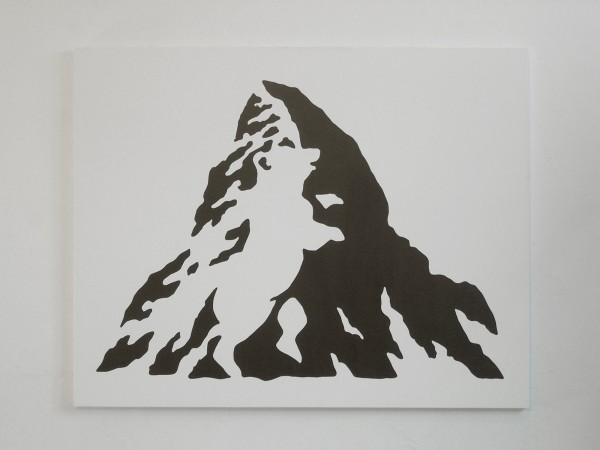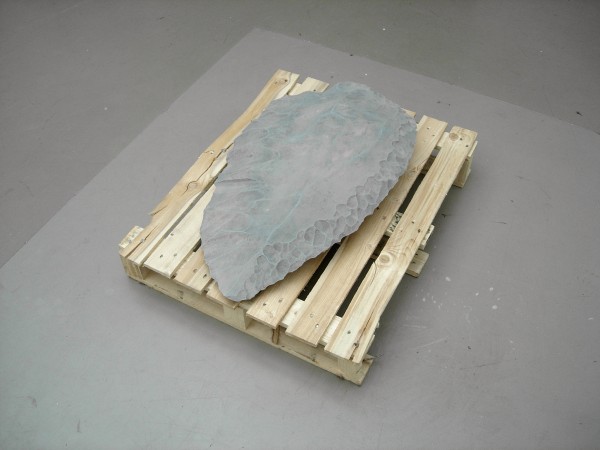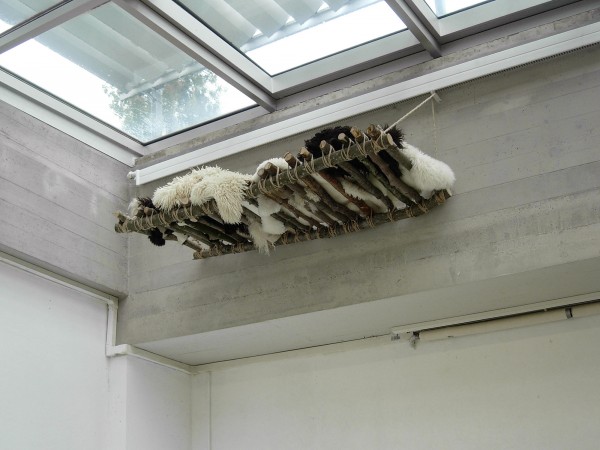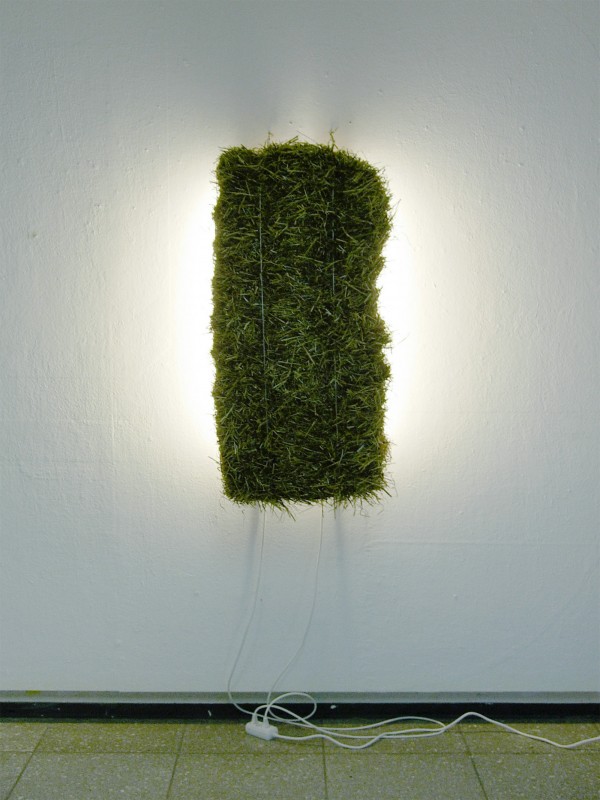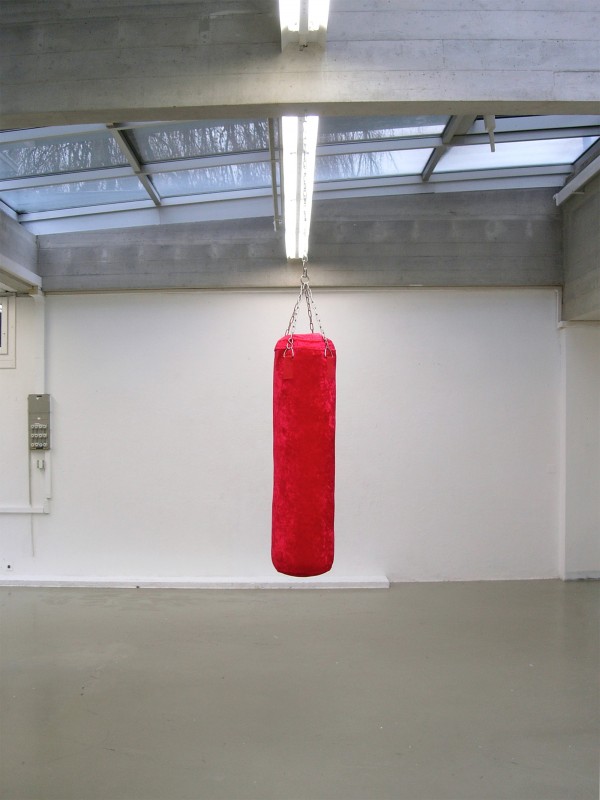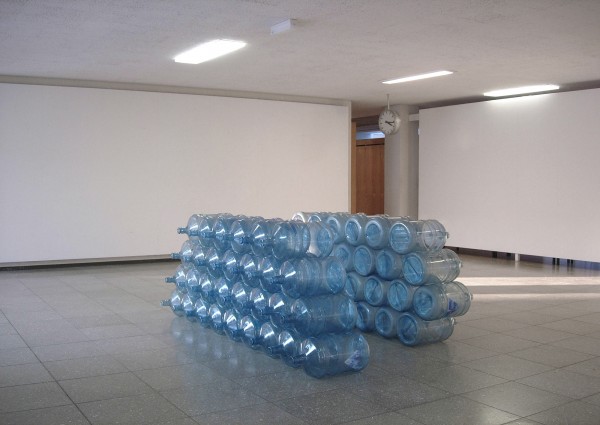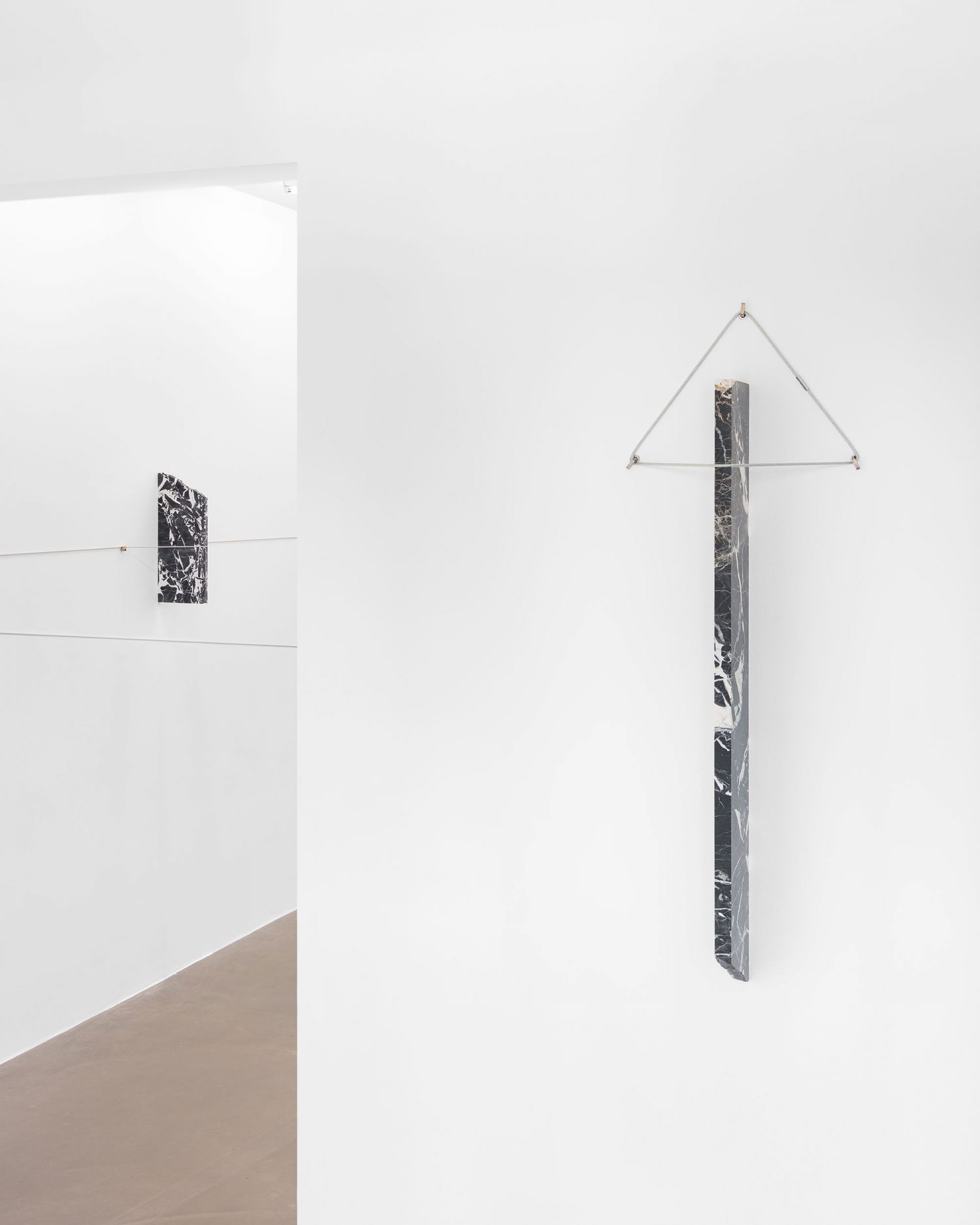
Pinch point, In situ, marble, steel and brass. © Shivadas De Schrijver
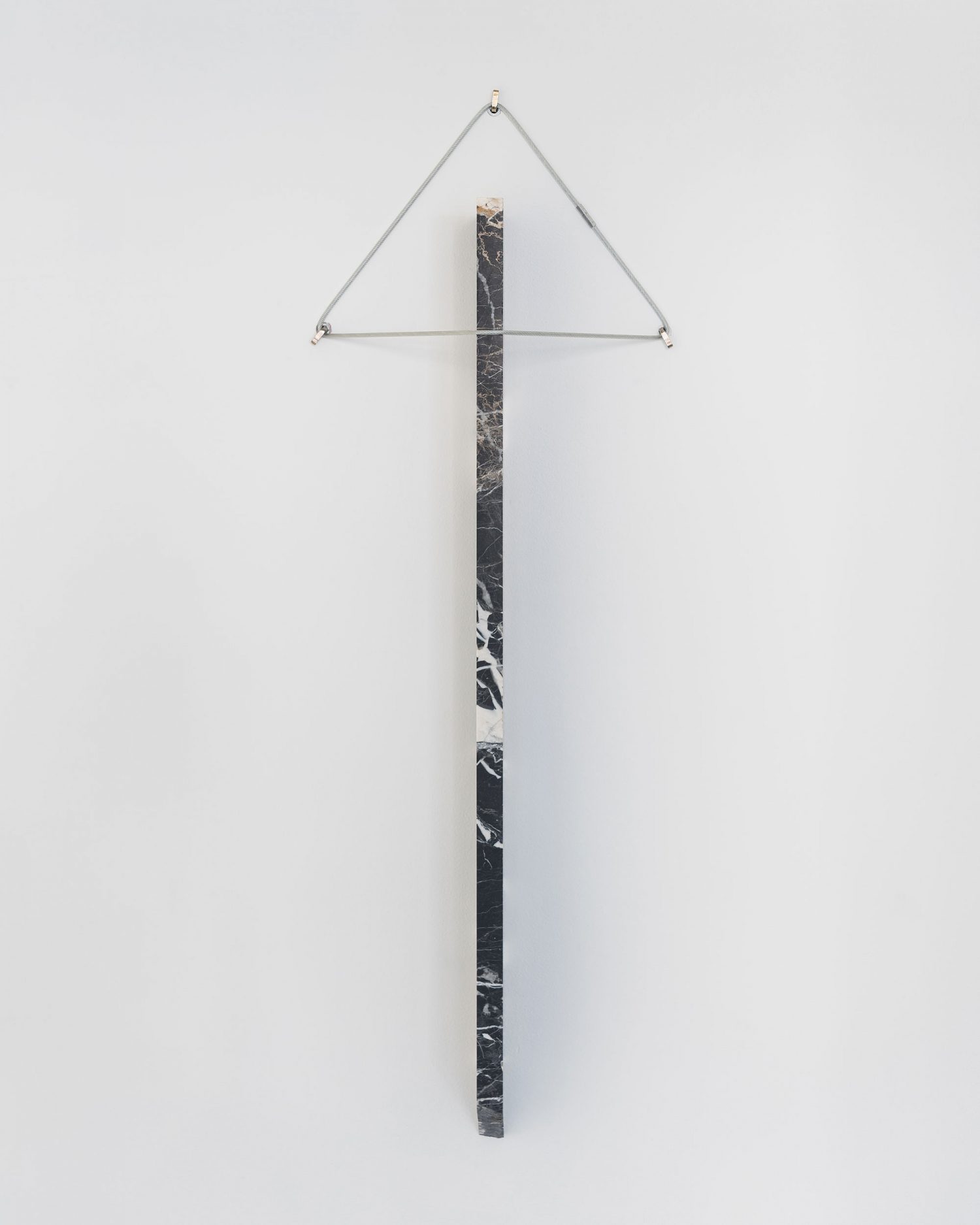
Pinch point, In situ, marble, steel and brass. © Shivadas De Schrijver
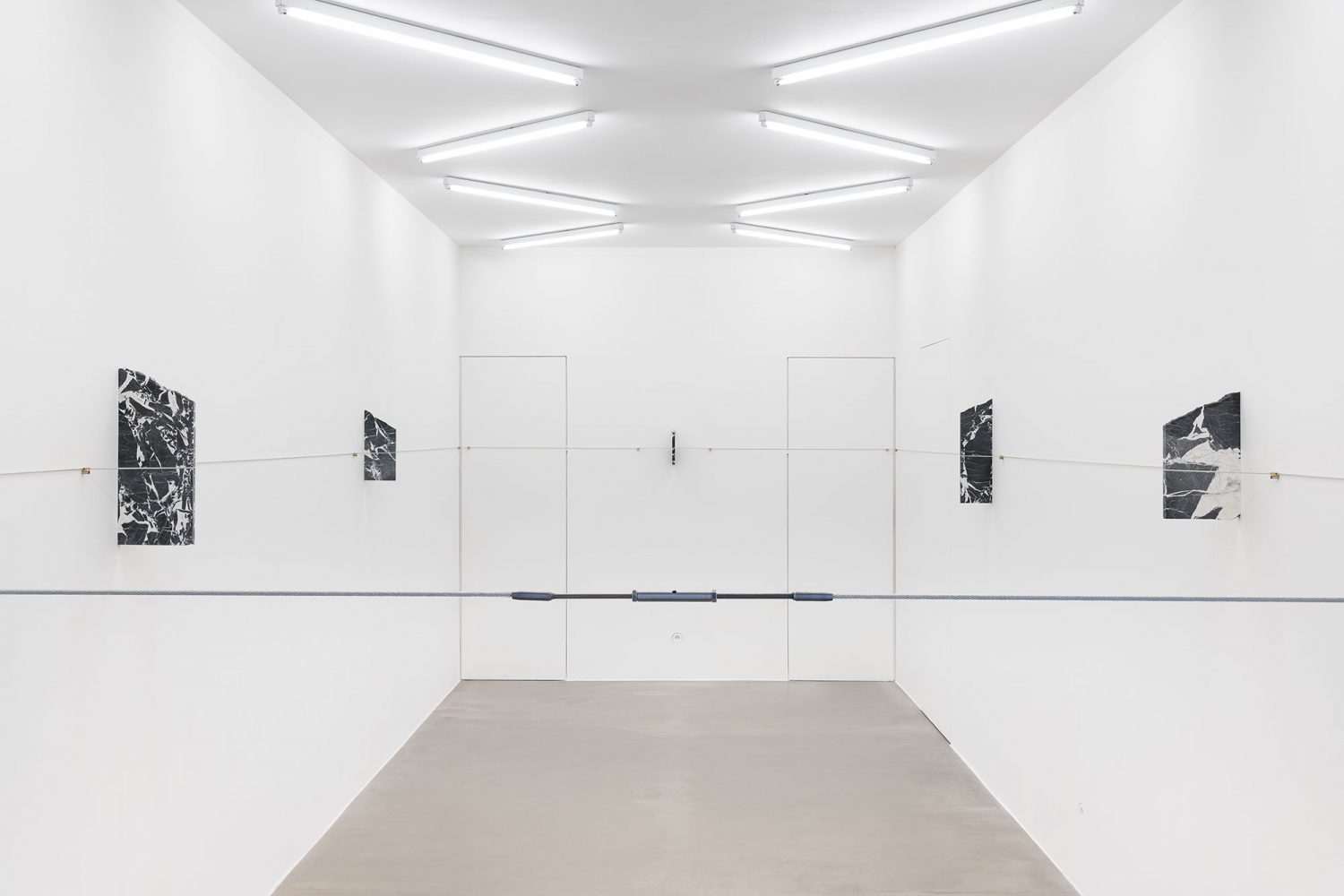
Pinch point, In situ, marble, steel and brass. © Shivadas De Schrijver
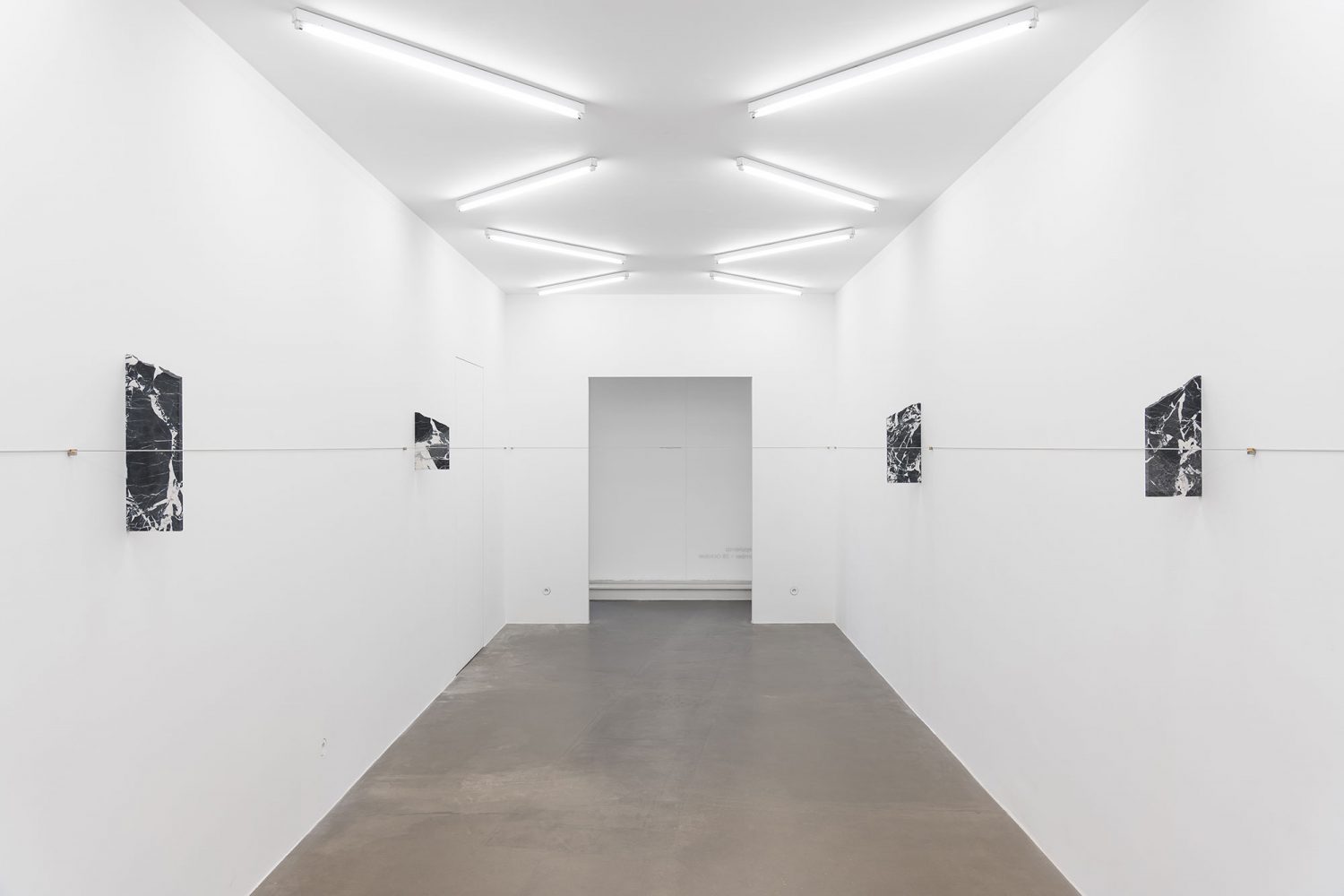
Pinch point, In situ, marble, steel and brass. © Shivadas De Schrijver
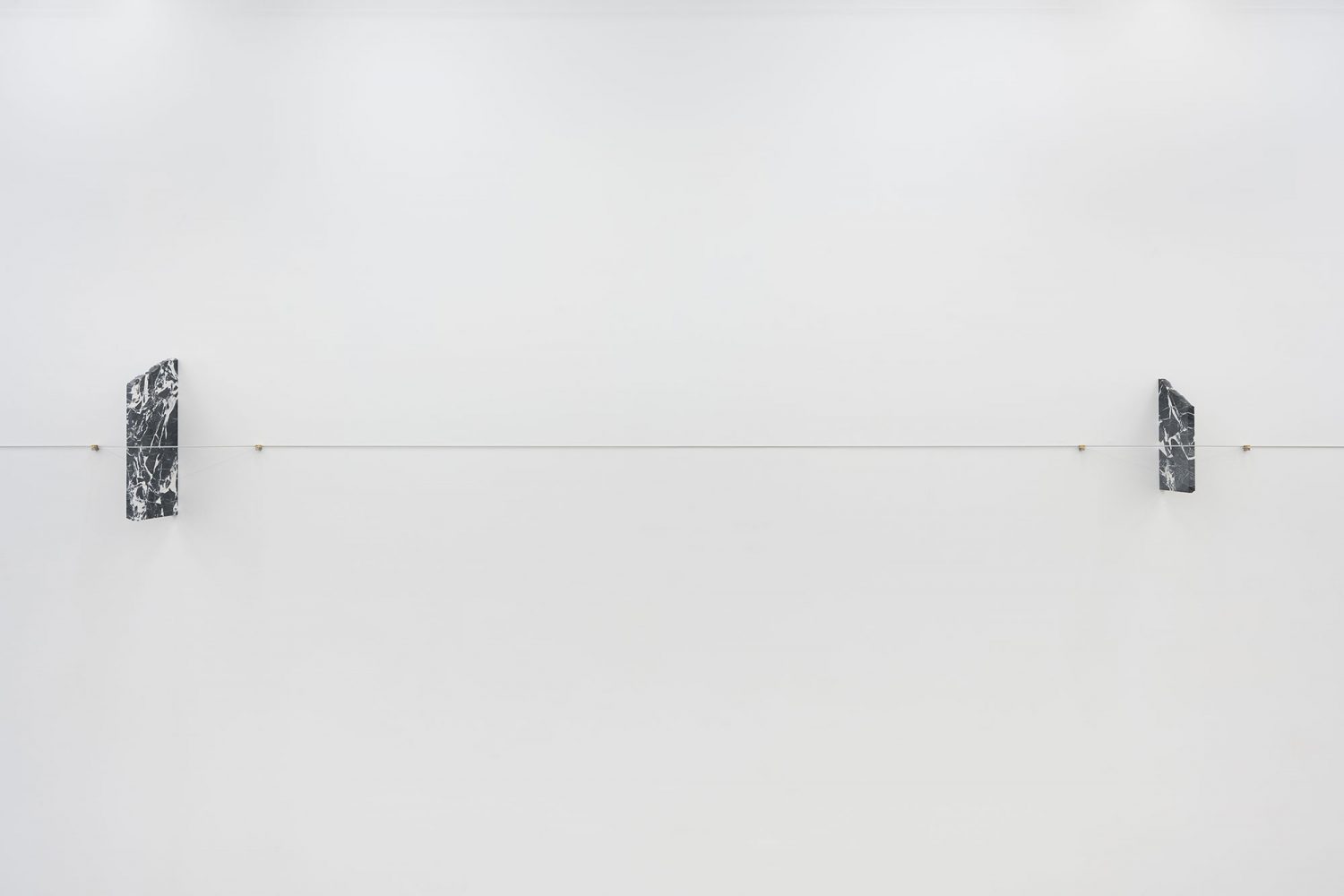
Pinch point, In situ, marble, steel and brass. © Shivadas De Schrijver
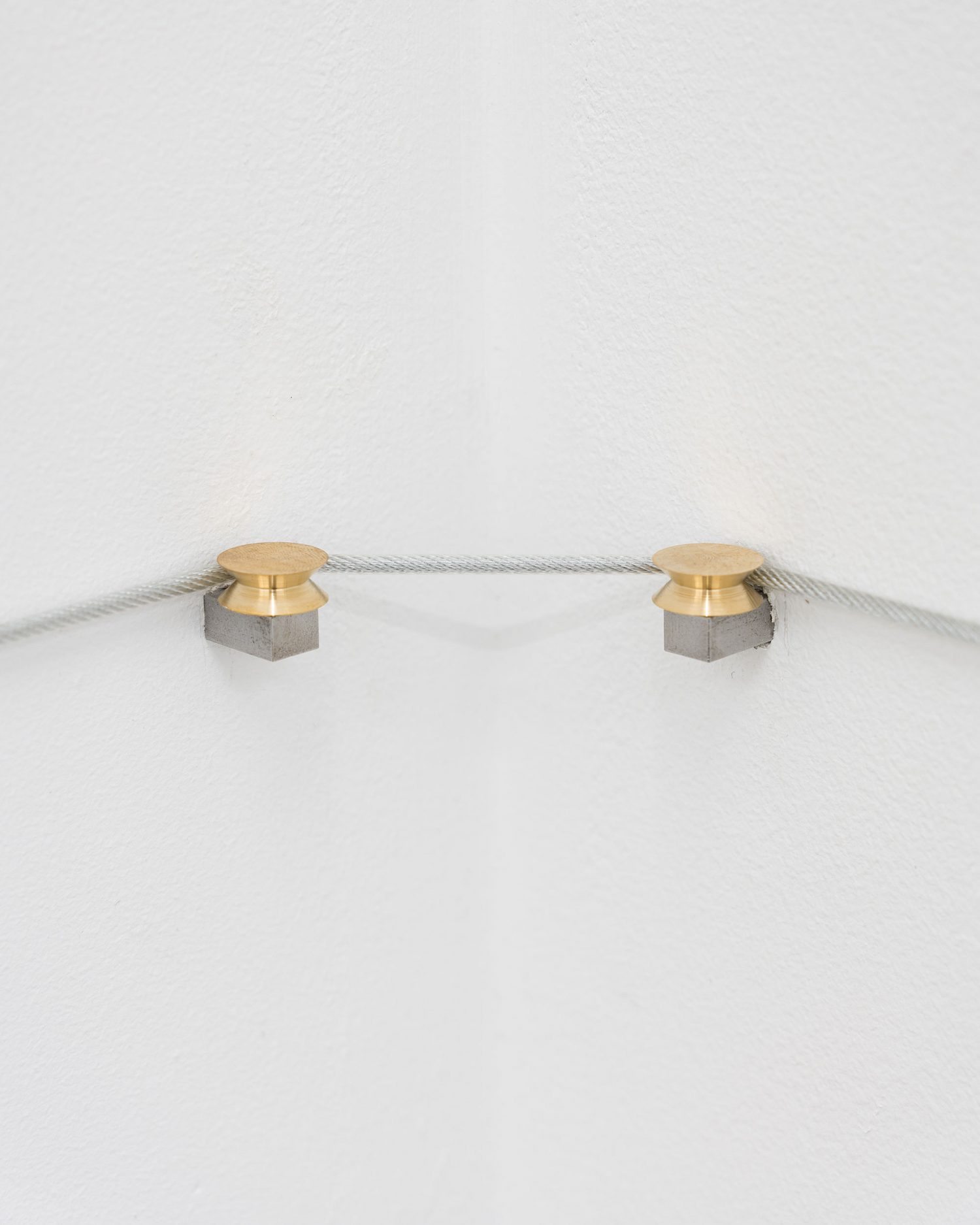
Pinch point, In situ, marble, steel and brass. © Shivadas De Schrijver
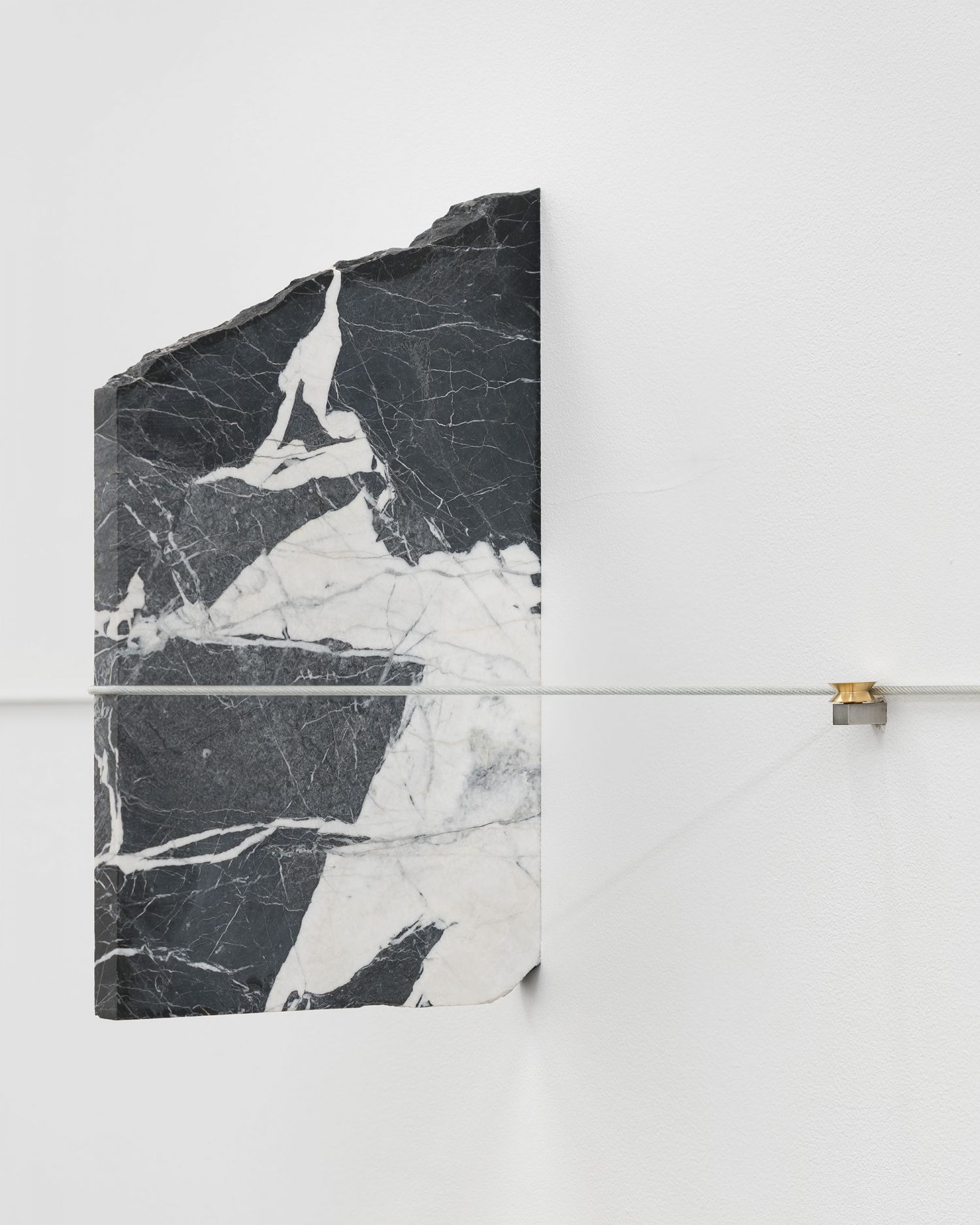
Pinch point, In situ, marble, steel and brass. © Shivadas De Schrijver
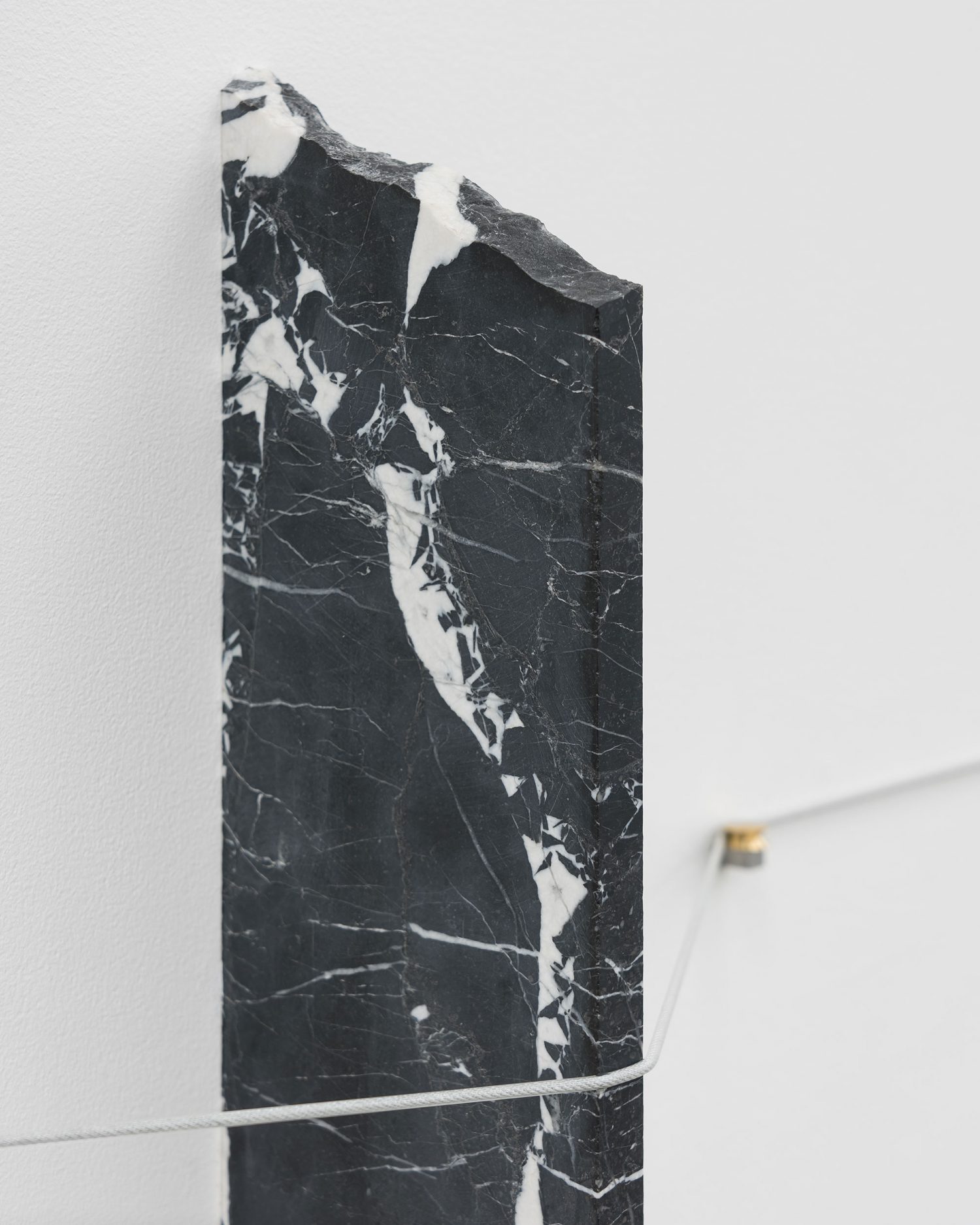
Pinch point, In situ, marble, steel and brass. © Shivadas De Schrijver
Simon Deppierraz’s exhibition features a in situ installation of six wall-sculptures. The sculptures are edge-mounted and solidly connected by a steel cable that runs 360 degrees around the white cube. Horizontal tension is exerted by a system of mini-pulleys machined by the artist to prevent them from falling. The works hang by a thread, creating a situation of tension in space. Marble is hijacked from its usual decorative function, while evoking cladding. Although the material is resistant, here it is worked with such finesse that it becomes brittle. The works thus combine solidity and fragility. Gravity, the central theme of the artist’s work, calls us to order, whether we are humans, plants, minerals or animals. The balance between life and death is a perpetual tension.
For the Marmor Celticum exhibition, Deppierraz borrows the name the Romans gave to this Pyrenean stone. Indeed, they exported it in large quantities to Rome and Constantinople. Grand Antique, its contemporary name, is a very hard marble, difficult to work, but robust. It can be found in Istanbul at Saint Sophia, in Rome in the Basilicas of Saint Peter, Saint Mary Major and Saint Cecilia, in Venice at Saint Mark’s, in Paris in the Church of Saint-Louis des Invalides, in London at the base of Saint Peter’s monument at Westminster, in Versailles in the Salon de Diane… Pyrenean marble is omnipresent in France’s greatest monuments. Yet it comes from a single quarry in Moulis, Ariège. Quarrying ceased in 1948. It was resumed in 2014, operated by Georgio Rivieri, a quarryman who investigated for two years before finding the quarry submerged in water and buried under a pile of vegetation. Using a kayak, he sounded the lake that had formed in the quarry, recording the topography with a plumb line. The story of this quarry is an unusual one, and lends an amusing, poetic dimension to a marble that has been considered one of the world’s finest for centuries. Over the centuries, Grand Antique has taken on great religious significance, and has been widely used in the decoration of churches and funerary monuments, as well as in many other fields. This religious or mystical significance was attached to it by the strong contrast between black and white, which seemed to symbolize the contrast between good and evil, life and death, darkness and light.
In this exhibition, Simon Deppierraz presents his first monograph, showing his playful, melodic and poetic approach and revealing the essence of life: a sophisticated balance of opposing forces. With texts by Laurent Courtens, Yves Dreier and Saskia Trebing. The tension in his work lies in the interplay of size and power between man and space. Themes that have an urgent place in the DISTANZ publisher’s program.


